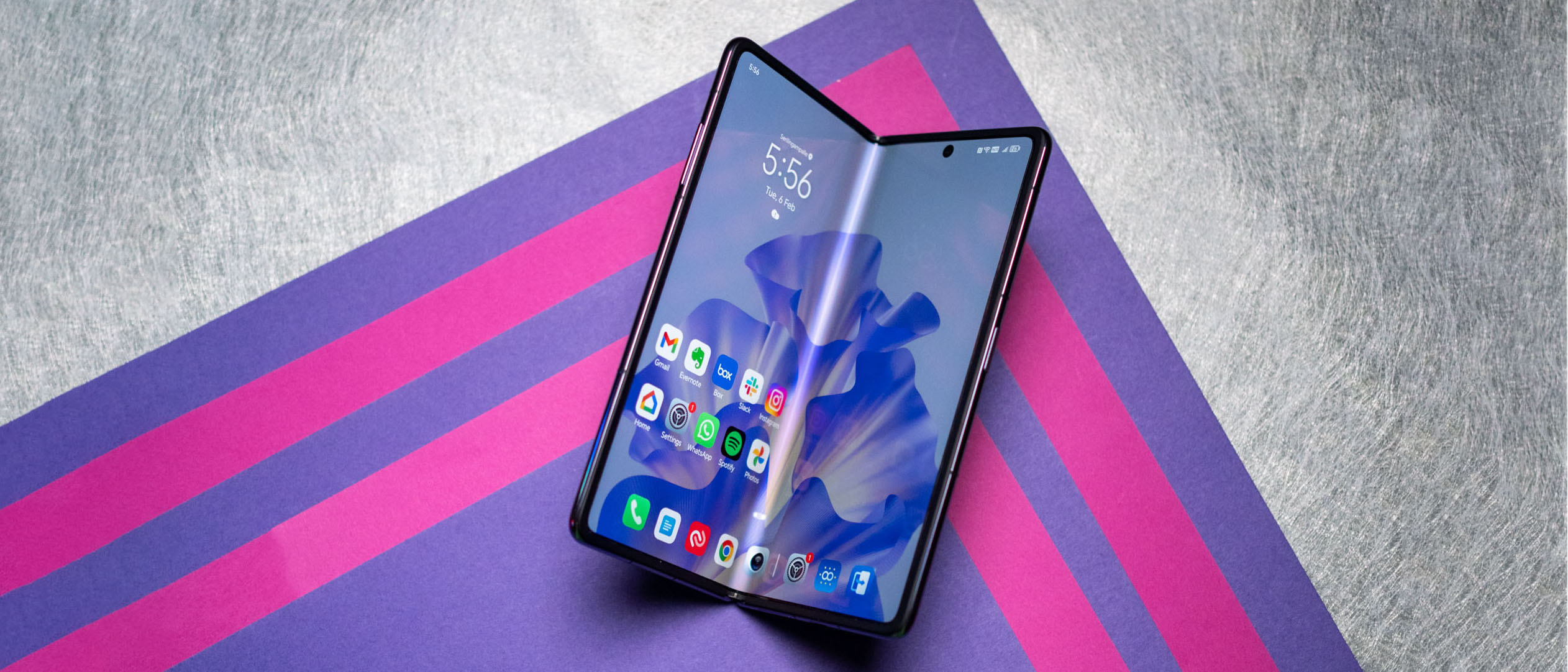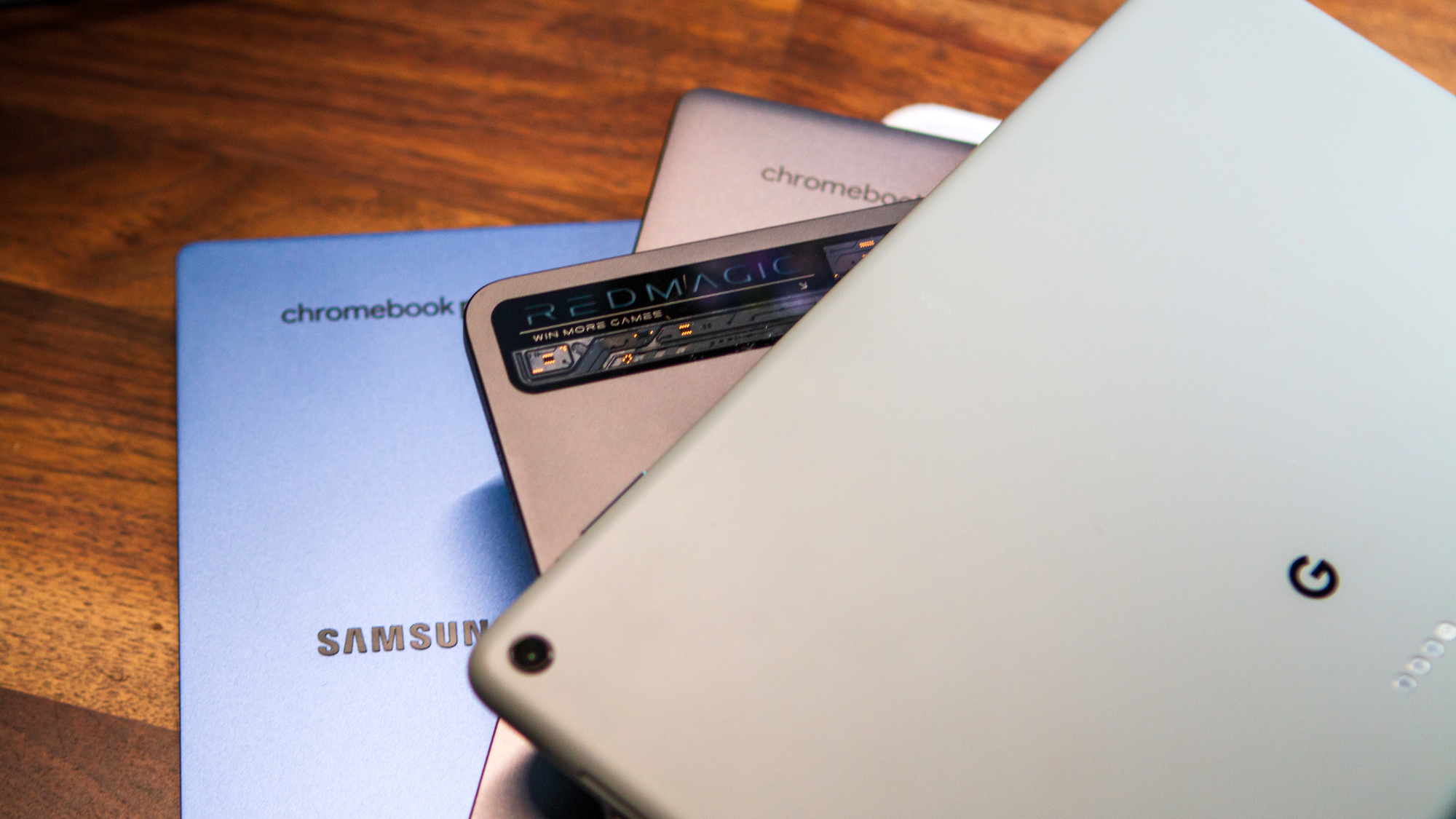Android Central Verdict
Honor took its time in launching the Magic V2 globally, and as a result, the phone is running last year's silicon and Android 13. It also misses out on an IP rating and wireless charging, and the software doesn't have the same level of polish as its rivals. But all of these issues fade into the background once you actually start using the foldable. The Magic V2 is the thinnest foldable available today, and using it is transformative — it is fundamentally different to every other device I've used, and it feels like a regular phone while still featuring a tablet-sized foldout display. It also has the best battery life of any foldable, a smooth hinge that's easy to use, standout performance, and the cameras take great photos. Sure, it has its downsides, but if you want a thin-and-light foldable, there isn't anything better.
Pros
- +
Gorgeous design
- +
Just as thin and light as a regular phone
- +
Easy-to-use hinge with smooth articulation
- +
Crease is barely visible
- +
Stellar performance
- +
Standout battery life and 66W charging tech
- +
Decent cameras at the back
Cons
- -
No ingress protection
- -
No wireless charging
- -
Launching with Android 13 out of the box
- -
Software has issues
Why you can trust Android Central
I remember back when thin phones were all the rage a decade ago — Vivo, Gionee, and other Chinese brands were intent on creating devices that were ultra-sleek, and the ensuing madness led to phones like the Vivo X5 Max, which was just 5.1mm thick. To put that into context, the Galaxy S24 comes in at 7.6mm. While those devices ticked a lot of boxes on the styling front, they had poor thermal management, and tiny batteries.
Thankfully, this trend fizzled away after a few years, and brands started focusing on things customers actually cared about: larger batteries, better cameras, and so on. Why am I dredging up obscure phone facts, you ask? Well, using the Magic V2 reminds me of those ultra-thin devices from years past; Honor somehow managed to create a device that's roughly the same size as a regular phone, and that takes away a lot of the friction in using a foldable.
The Magic V2 is just 4.7mm thick when unfolded, going up to 9.9mm when you fold the device. The OnePlus Open is 5.8mm unfolded, and 11.7mm when folded, and the Galaxy Z Fold 5 is positively chunky, coming in at 6.1mm unfolded, and 13.4mm while it's folded. Heck, the Magic V2 is just a smidgen thicker than the OnePlus 12.
Essentially, the Magic V2 changed my view of foldables, and the best praise I can give the device is that I didn't want to go back to a regular phone after using it. That said, it has its share of issues; the Chinese version debuted last July, and while Honor launched the Magic V2 globally at IFA, it's only going on sale now. That means you're basically getting a mid-2023 phone, and it's still running Android 13 out of the box.
It's missing a few extras, and the software needs a lot of work — the OnePlus Open has useful multitasking features that you just don't get here, and there's no dust or water resistance. So should you still consider the Magic V2, or did Honor wait too long to launch the device outside China? Let's take a look.
Honor Magic V2: Price and release date
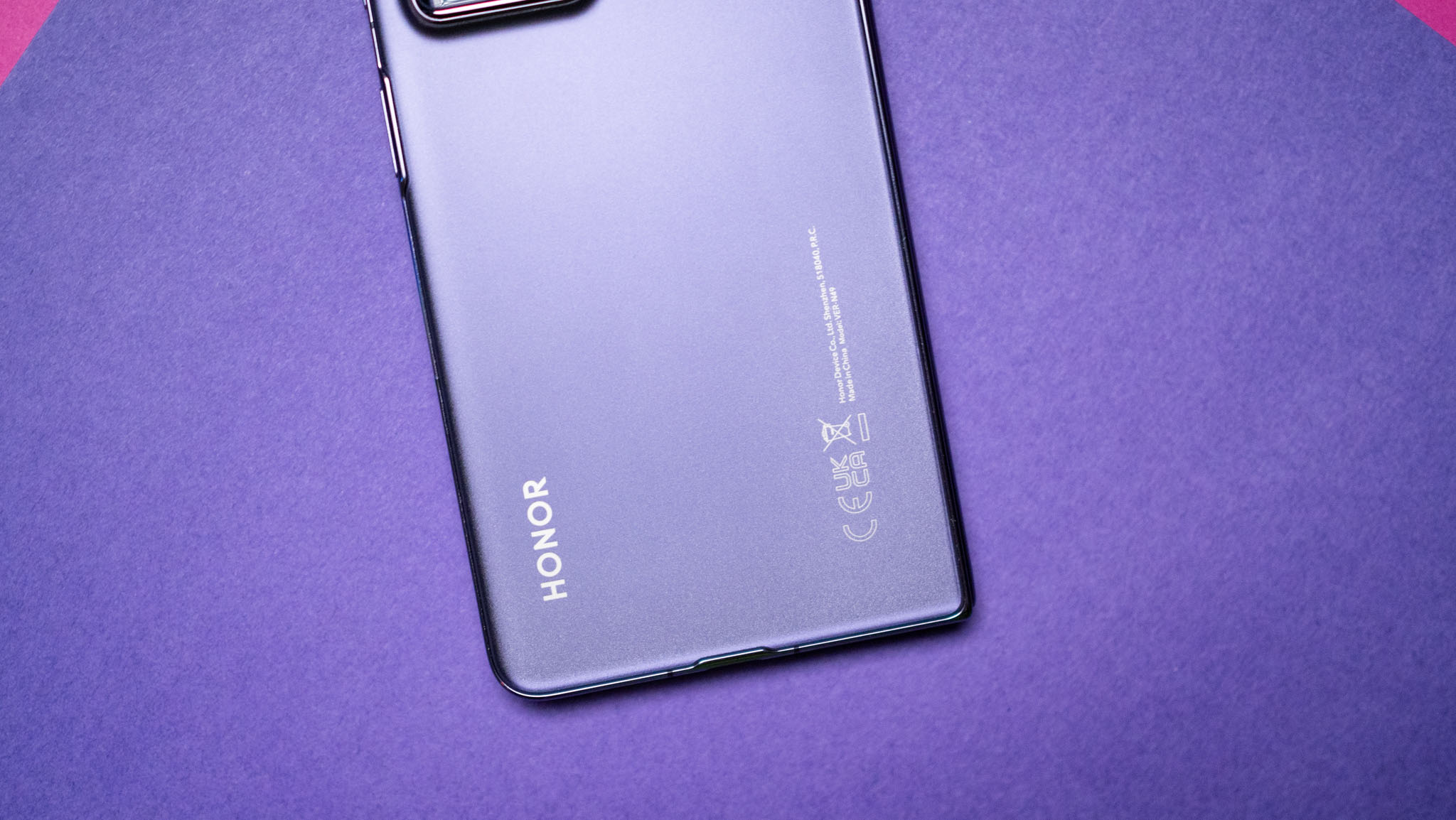
Honor unveiled the Magic V2 foldable in China back in July 2023, and announced global availability at IFA on September 1. Although the foldable was announced at the show, Honor only kicked off global sales starting January 26. Thankfully, the Magic V2 is now available in select European markets, debuting at £1,699 in the U.K. and €1,999 in other countries in the region.
Honor is selling a single edition of the Magic V2 with 16GB of RAM and 512GB of storage. Honor is also bringing the Porsche Design variant of the Magic V2 to global markets, but there's no information on what that will cost yet — the launch is at Mobile World Congress at the end of February, so that's when we'll get to know more about the device.
Get the latest news from Android Central, your trusted companion in the world of Android
Honor Magic V2: Design

The best part about the Magic V2 is that it doesn't feel like a foldable. It has roughly the same dimensions as a large phone — like the Galaxy S24 Ultra — and at 231g, it actually weighs 3g less. More than anything else, it is the svelte design that makes using the Magic V2 so enjoyable; I used all the foldables released in the last 18 months, and I keep coming back to this phone.
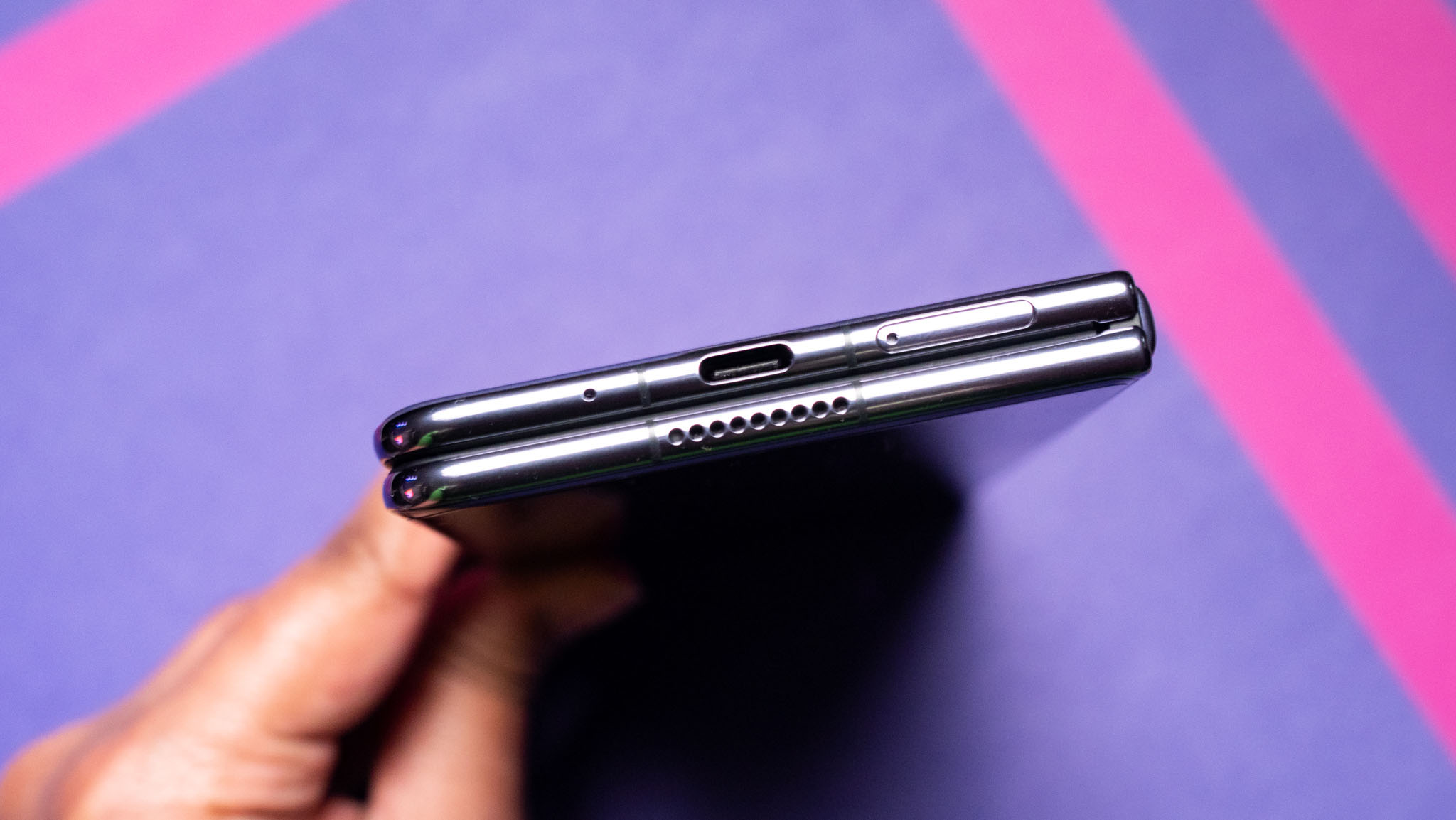
That's down to two reasons: the thickness of the phone, and the dimensions of the outer screen. The svelte design means the Magic V2 is just as easy to hold and use as a regular phone, and that absolutely makes a difference in daily use. The Open is on the smaller side as foldables go, but even that is considerably larger than what Honor is offering here.
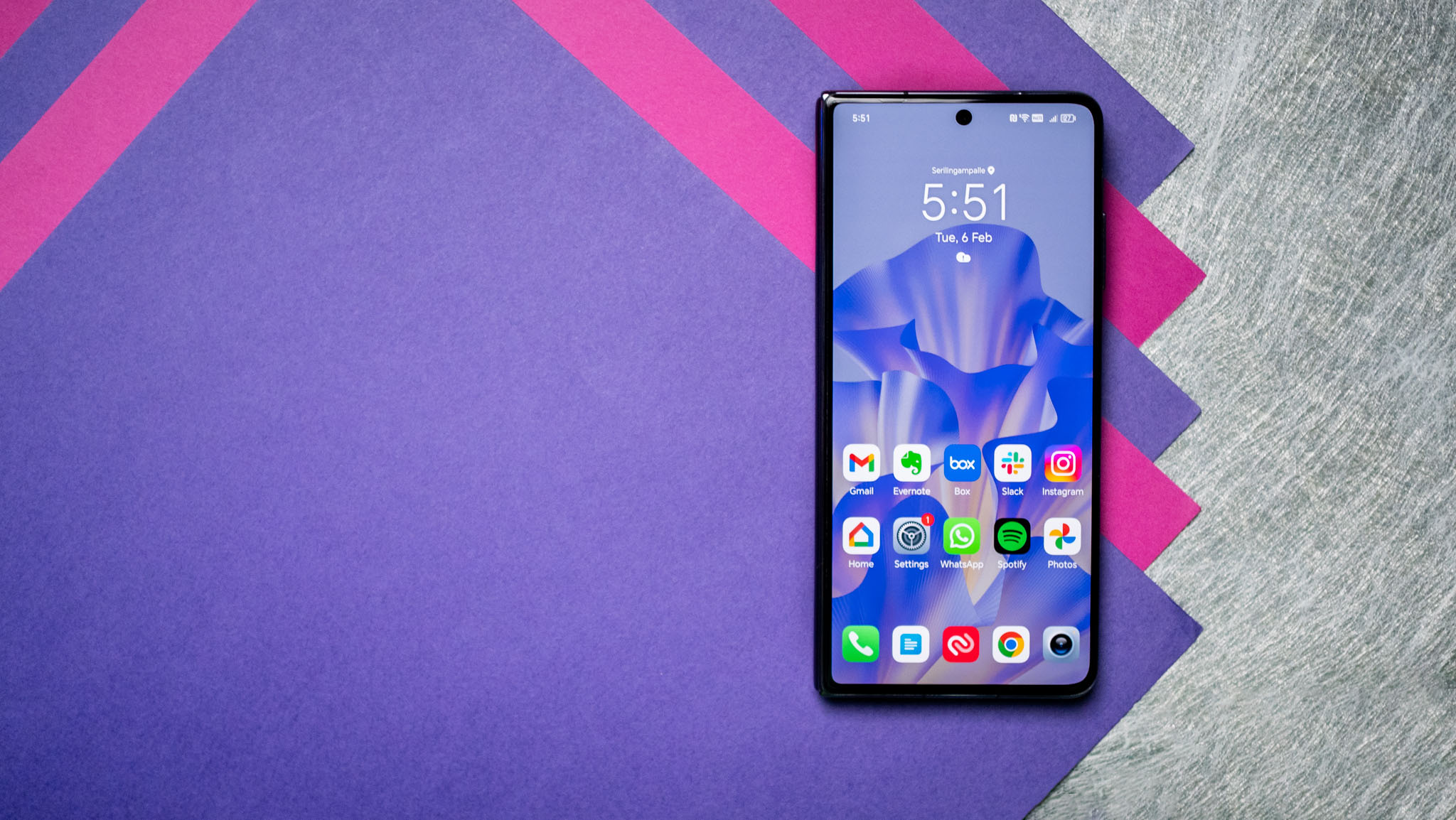
Honor also did a brilliant job with the outer screen, and the 6.43-inch size is perfect. It has a standard 21:9 ratio, so it isn't awkward to use like the too-narrow cover screen of the Galaxy Z Fold 5. In fact, I found myself using the outer screen for most mundane tasks, only unfolding the device to play games, browse Reddit, or read books.
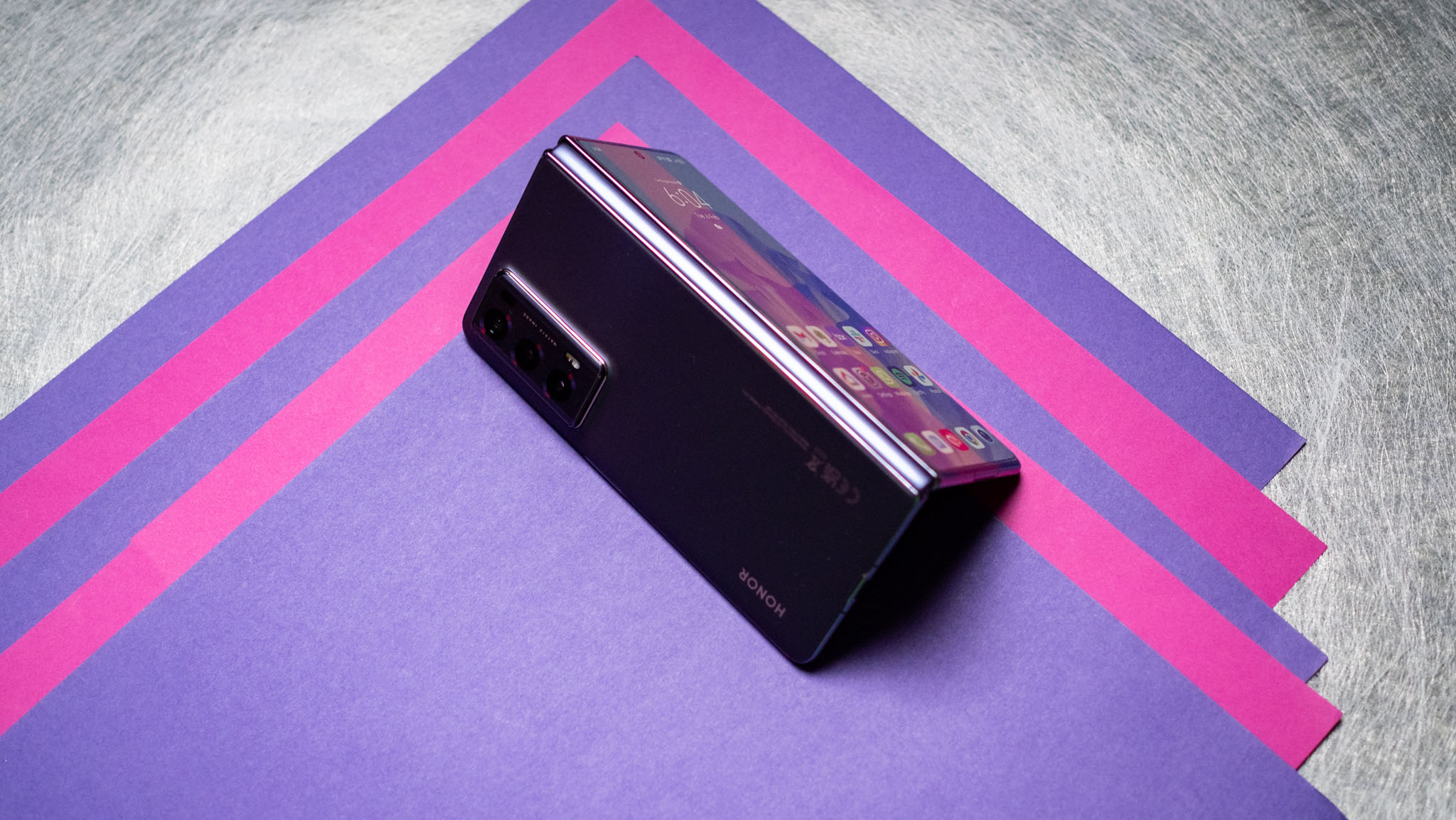
The hinge also contributes to the device's overall allure. It doesn't need much force to open, and it has a smooth articulation. You can also easily prop up the foldable at any angle between 45 to 130 degrees, giving you plenty of flexibility when shooting photos or playing games. Just like with Samsung's devices, the camera controls switch to the bottom half of the screen when you're in this Hover mode.
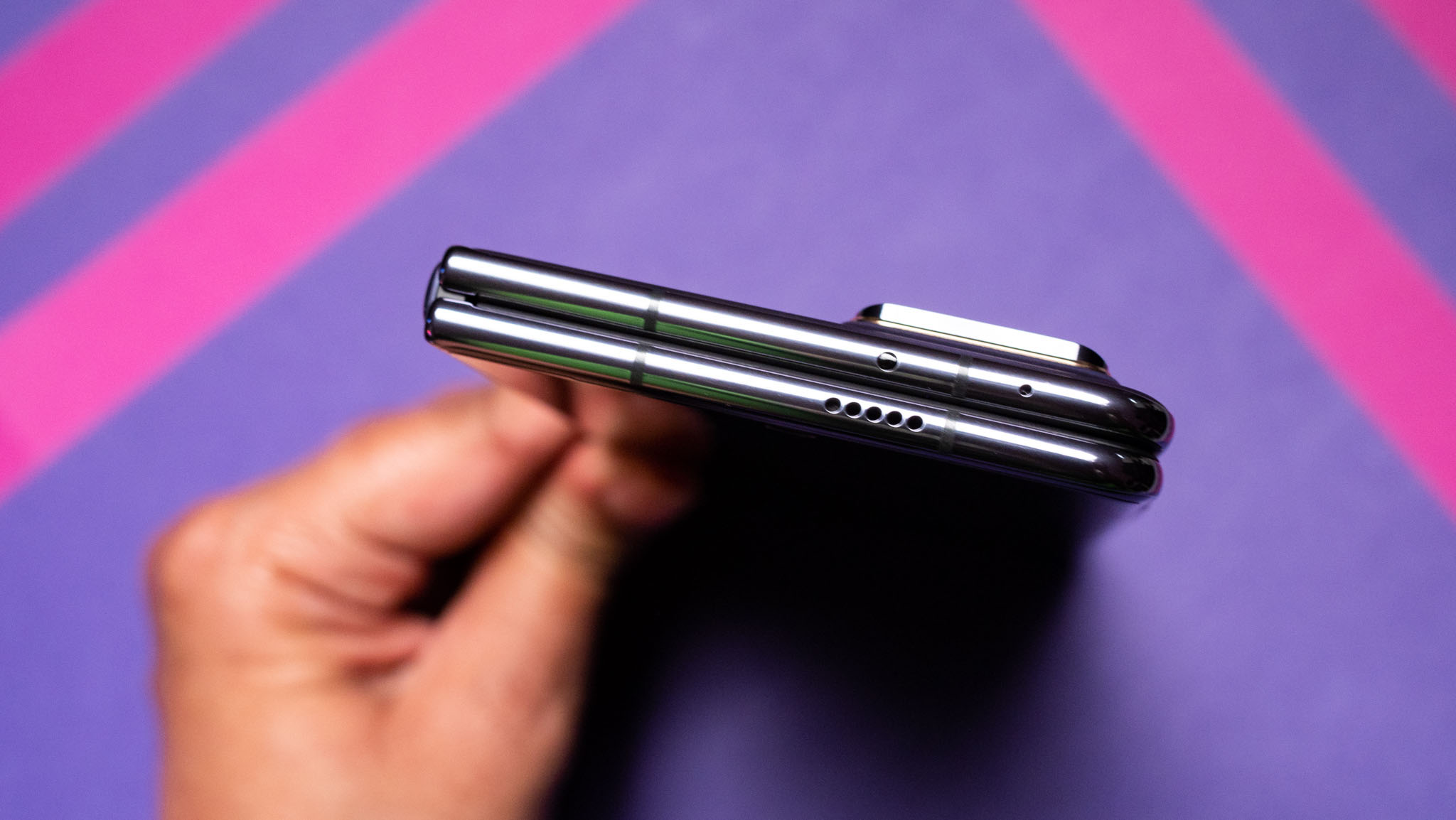
Honor says the hinge is made out of titanium this time, allowing the manufacturer to save weight and size, and this is a key factor in getting the foldable down to 9.9mm. The hinge closes fully flat with no visible gap, and the brand says it will last 400,000 unlocks. There's no telling about that, but in the month I used the Magic V2, I didn't run into any issues whatsoever.
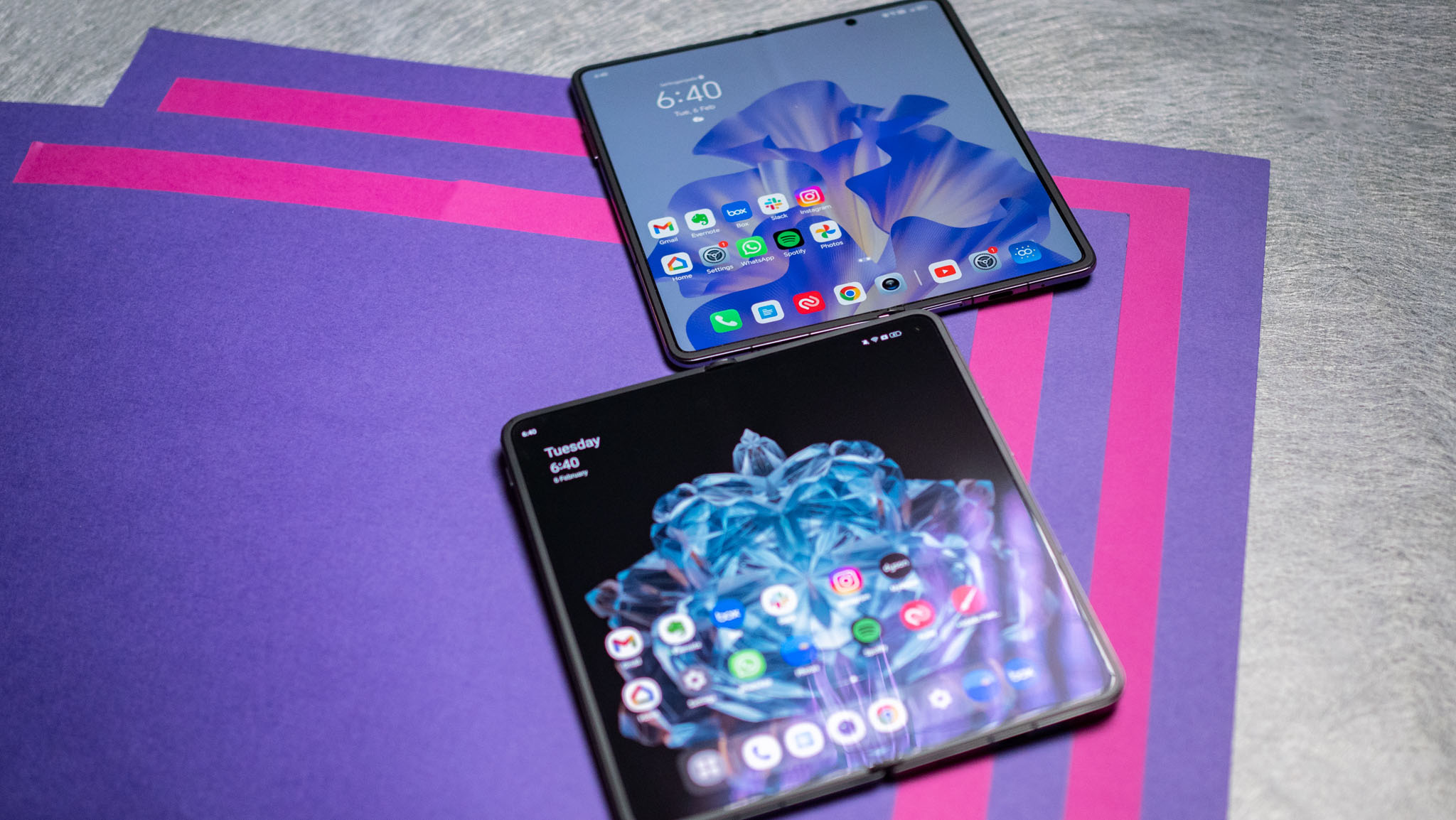
Another thing I like about the hinge is that the crease is barely visible; you can still make out a crease in daily use, but it isn't anywhere as noticeable as the Galaxy Z Fold 5, and it is closer to the Open. On that note, the inner screen is terrific, and it is a smidgen larger than its immediate rivals. But what stands out is that the device goes down to just 4.7mm when unfolded, and it feels futuristic.
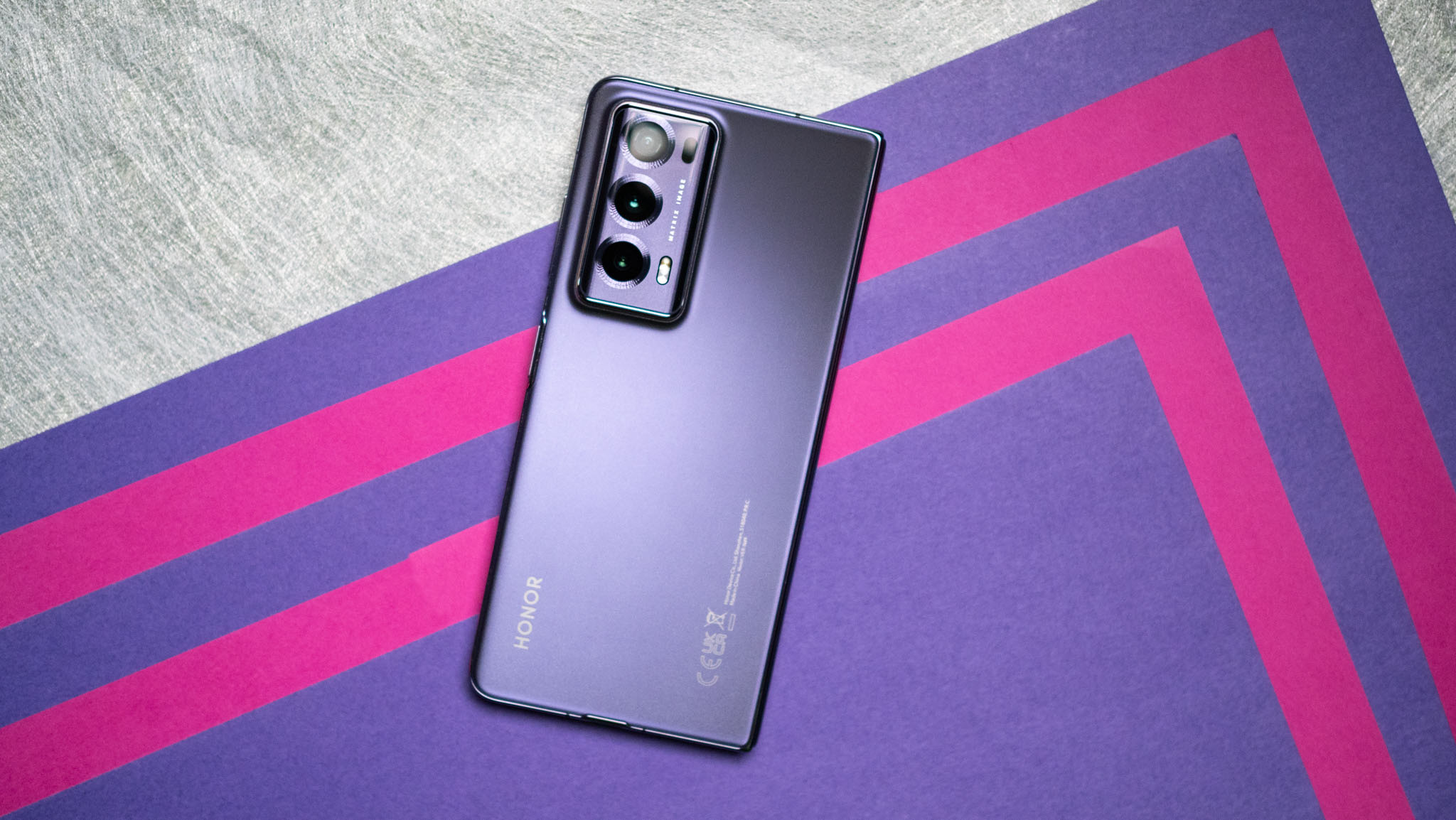
There are only so many ways to design a foldable, but I think Honor did a good job with the foldable; the rectangular camera housing looks distinctive, and the purple color variant looks upmarket. The glass back has a silky texture, and the stainless steel sides have a glossy coat. I would have liked a matte texture, but other than that, I don't have any quibbles with the design.
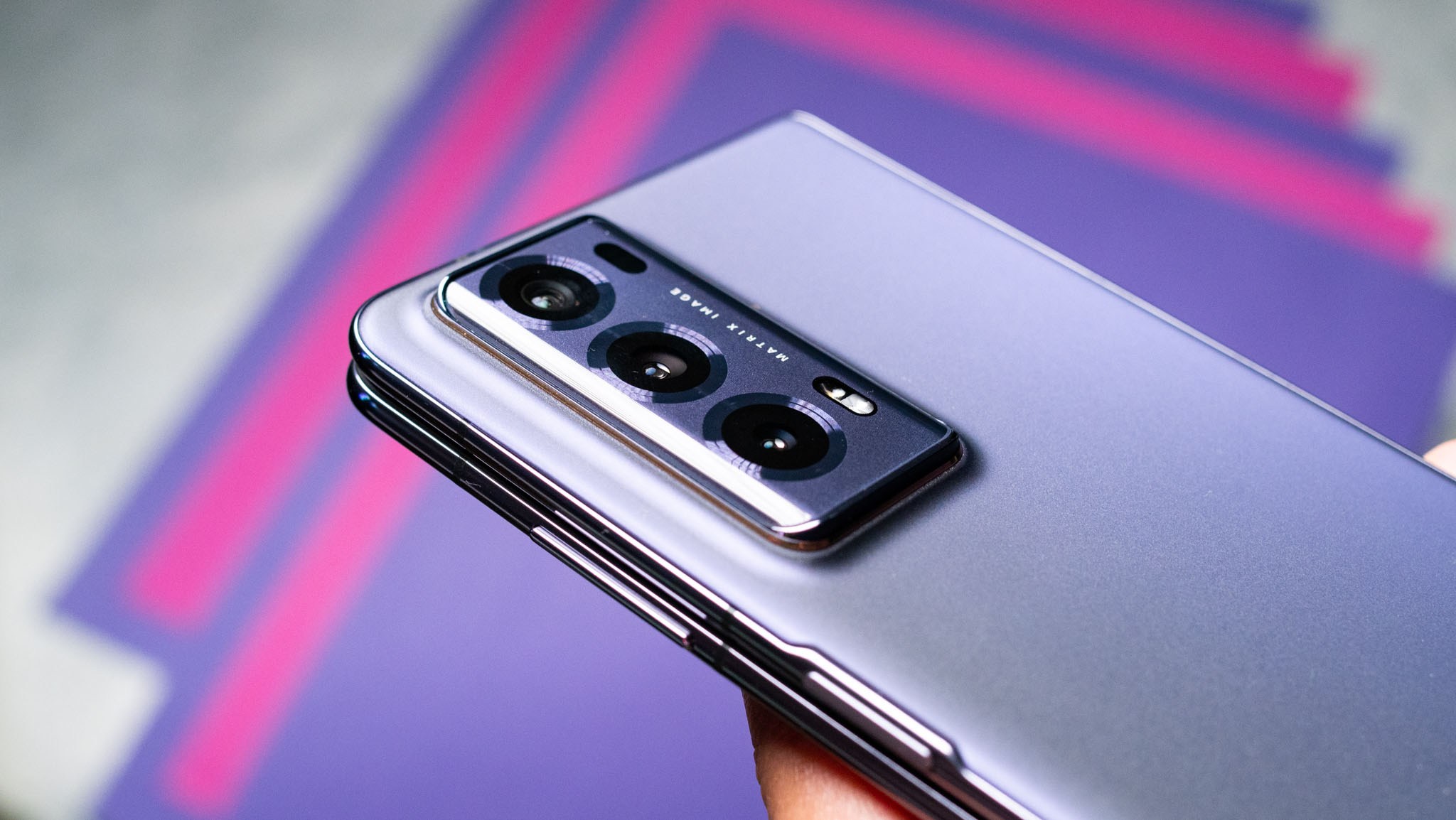
There's a fingerprint sensor baked into the power button on the side, and it does a good job with authentication. The only feature that's missing on the device is ingress protection; while we still don't get IP68 water resistance on foldables, Samsung has IPX8 as standard on its phones, and that makes them much more resilient to the elements. Honor should have added at least IPX4, as it would have made the device hold up much better against other foldables.
Honor Magic V2: Displays
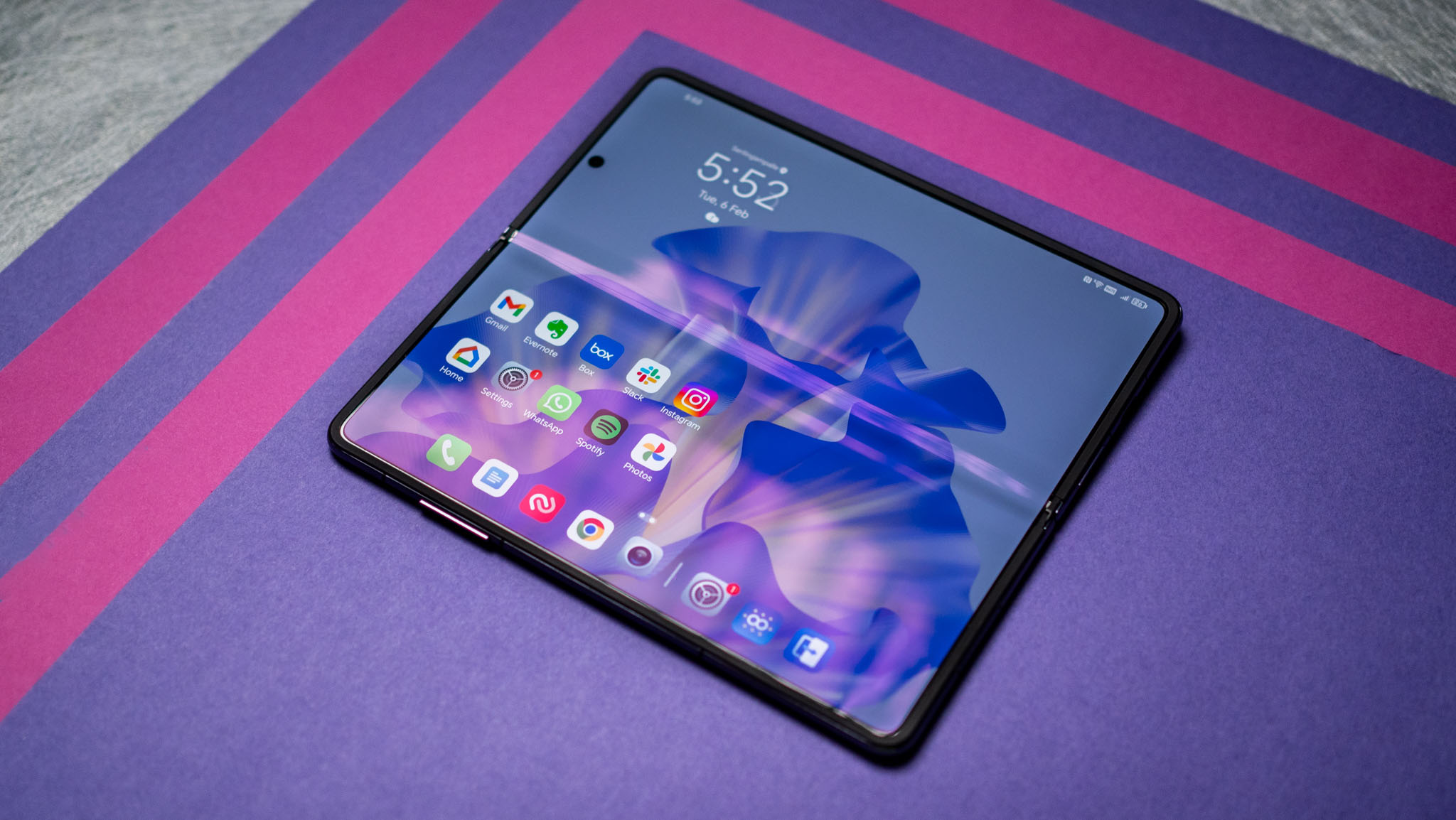
The biggest differentiator for the Magic V2 is that it has a large cover screen that's identical to what you get on a regular phone. The 6.43-inch outer OLED panel has a resolution of 2376 x 1080, and like most other phones, you get a 120Hz refresh with dynamic switching based on context. The best part is that it has HDR10+ and goes up to 2,500 nits, making it one of the brightest on a foldable yet.
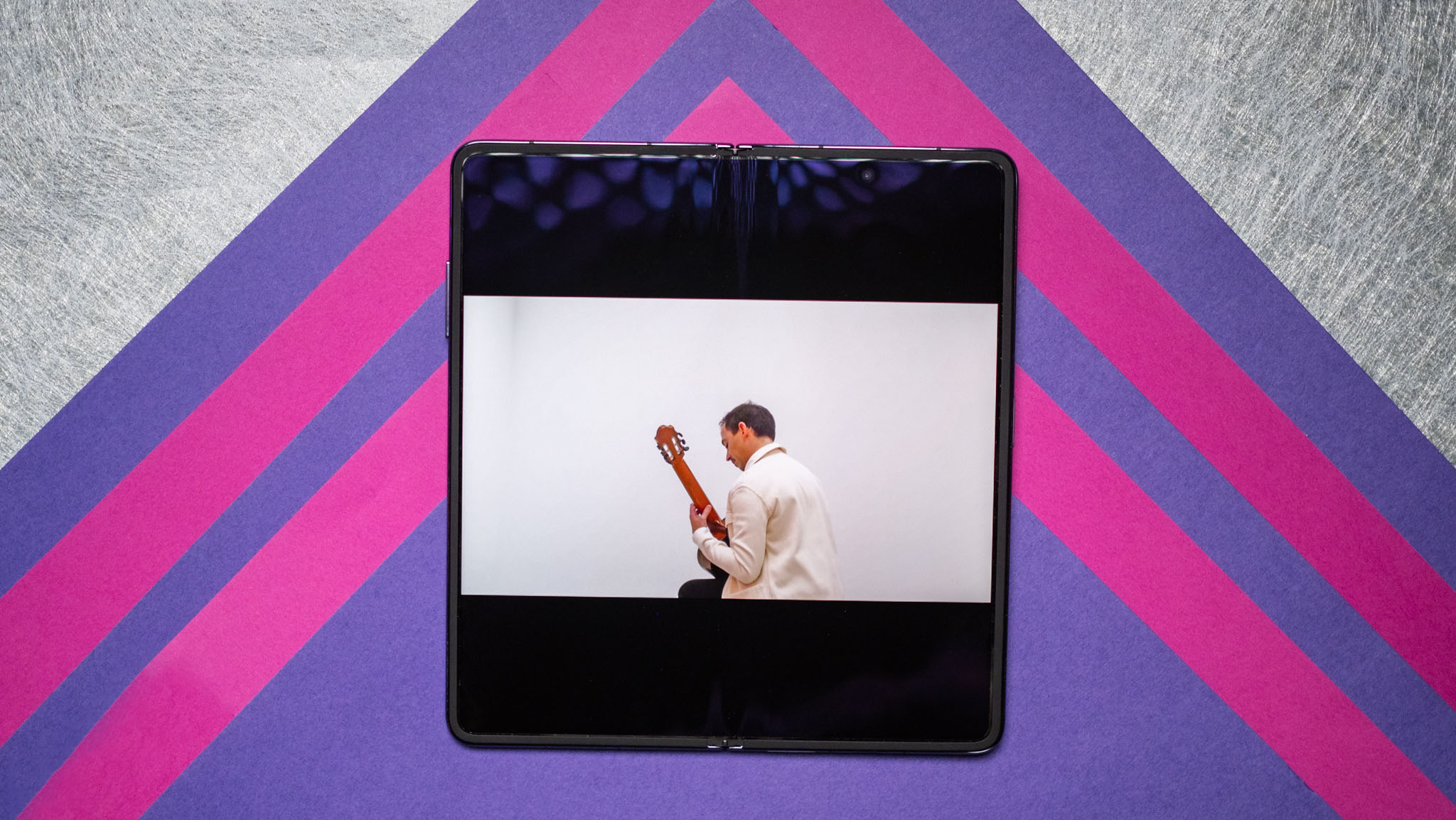
The inner screen is among the largest of any device, with the Magic V2 offering a 7.92-inch OLED display with a resolution of 2344 x 2156 and 120Hz refresh. You get HDR10+ here as well, and while it doesn't get as bright as the outer screen — maxing out at 1,600 nits — it is still more than adequate in daily use. I had zero issues with screen visibility under harsh sunlight with either screen.
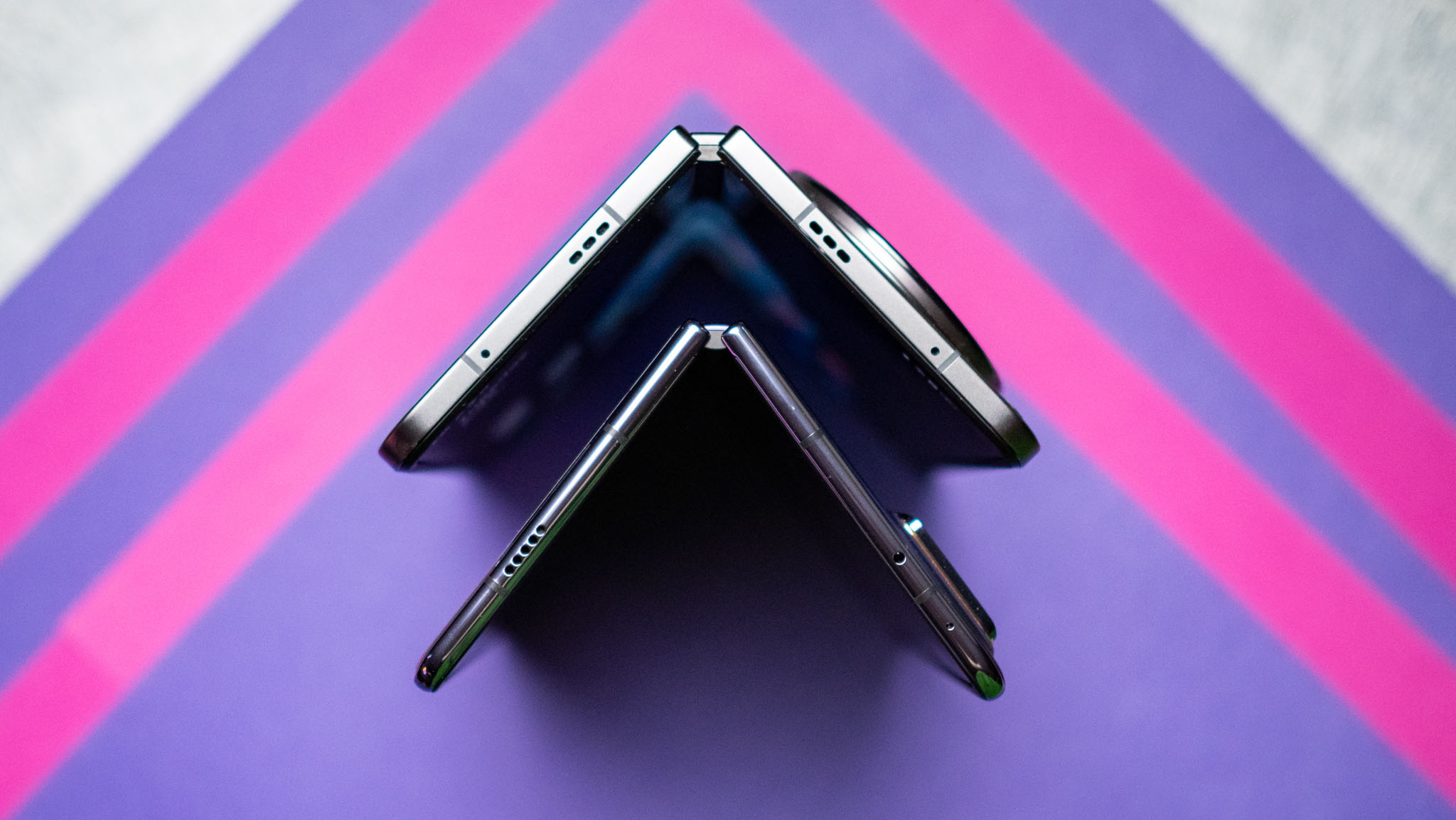
Both panels also sport LTPO, dynamically adjusting the refresh according to the content on the screen, and this makes a difference on the battery side of things. Honor eschewed Corning's Gorilla Glass and instead uses a custom alternative, and in the two times the foldable took a tumble from a height of five feet, it didn't pick up any damage, so clearly the protective layer is doing its job.
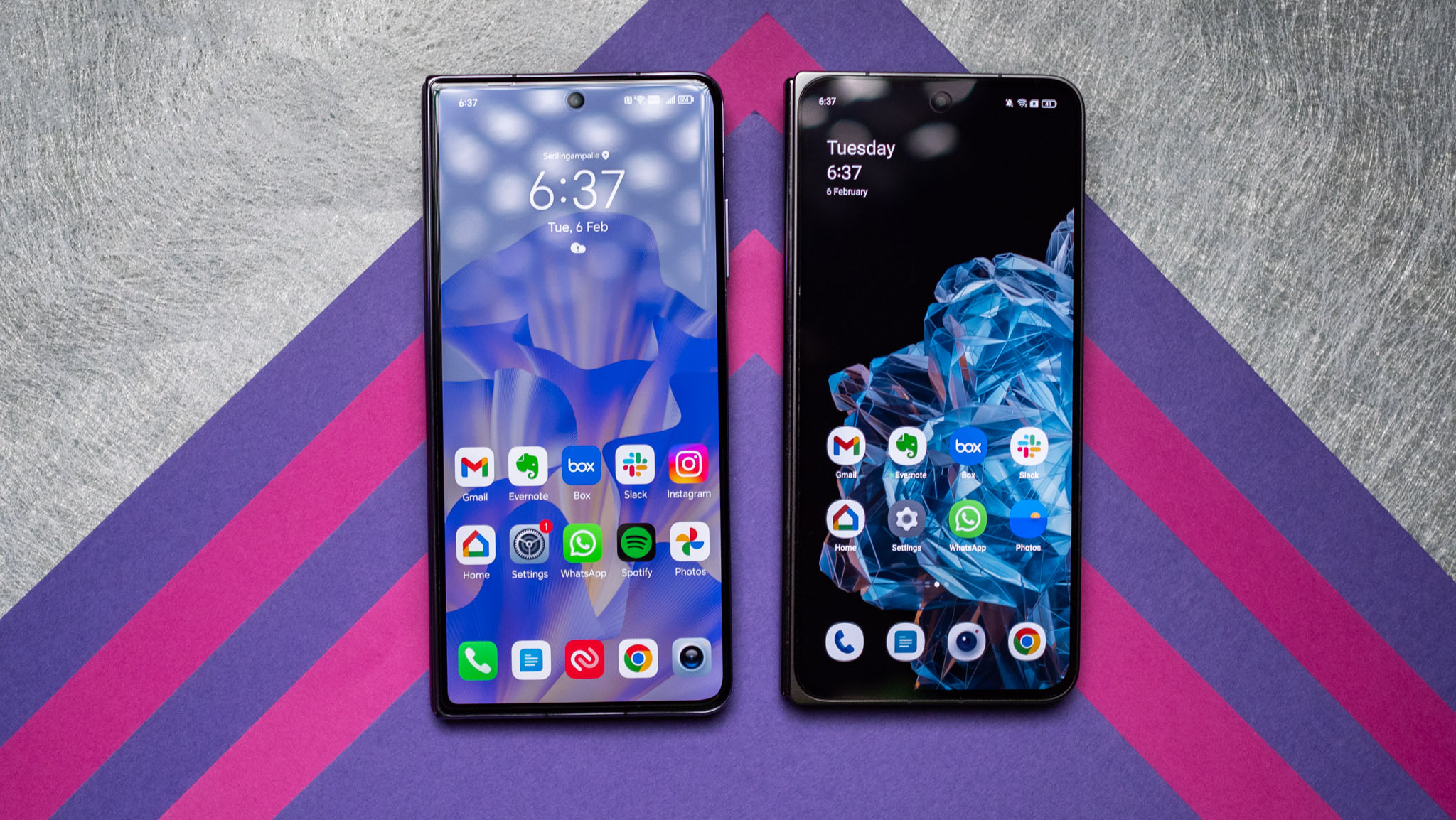
Chinese brands are leading the way when it comes to DC dimming, and the Magic V2 has 3,840Hz PWM dimming on both screens — this makes the foldable a great choice if you're sensitive to PWM issues. You also get a standard night mode that switches the colors on the screen to warmer hues at night.
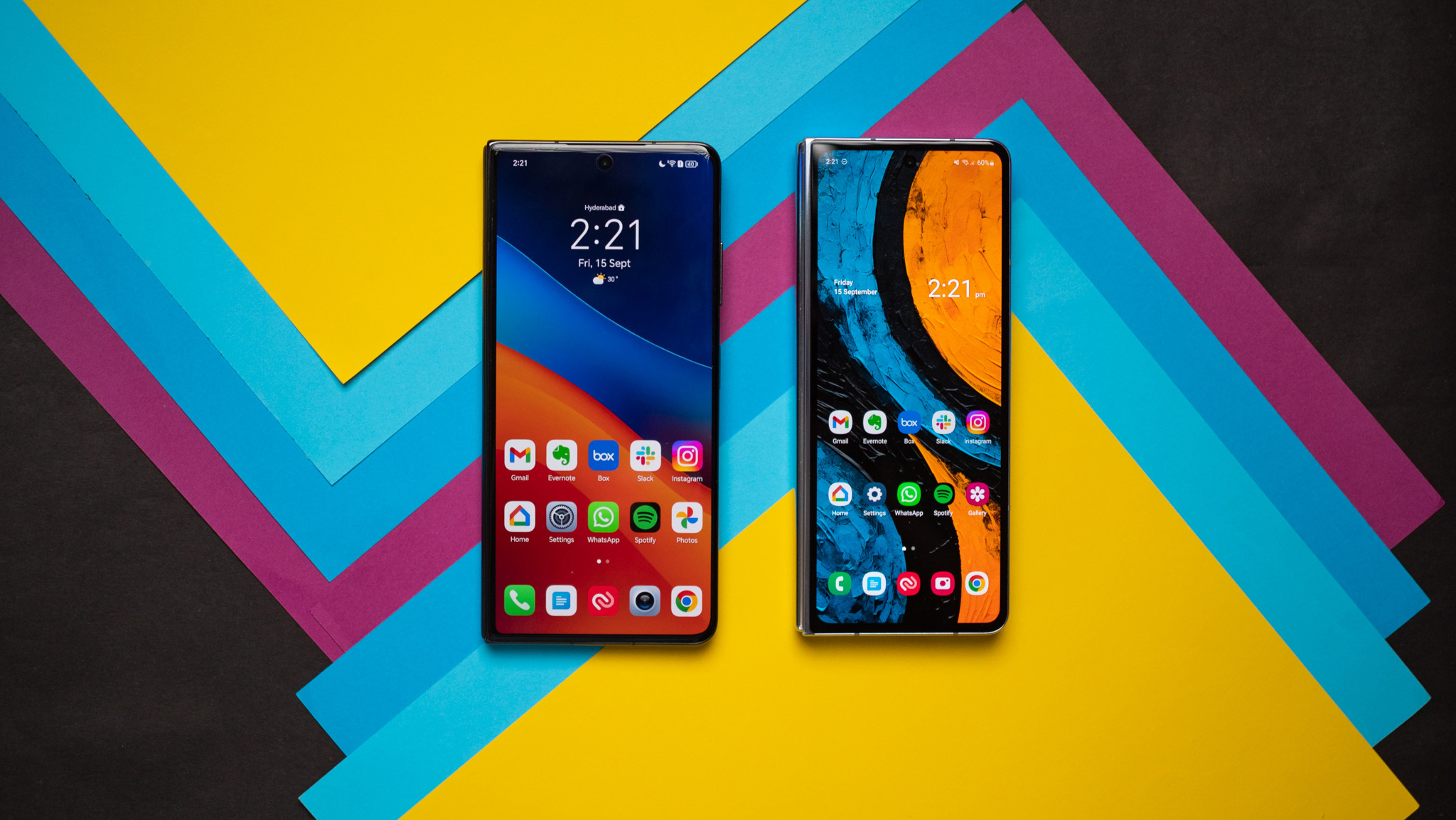
Both the inner and outer screens have vibrant colors and a good amount of customizability, and as I said earlier, the size of the outer screen meant that I ended up using it a lot more than on other foldables. Honor nailed the brief in this area, and the outer screen is just as good as the tablet-sized inner panel.
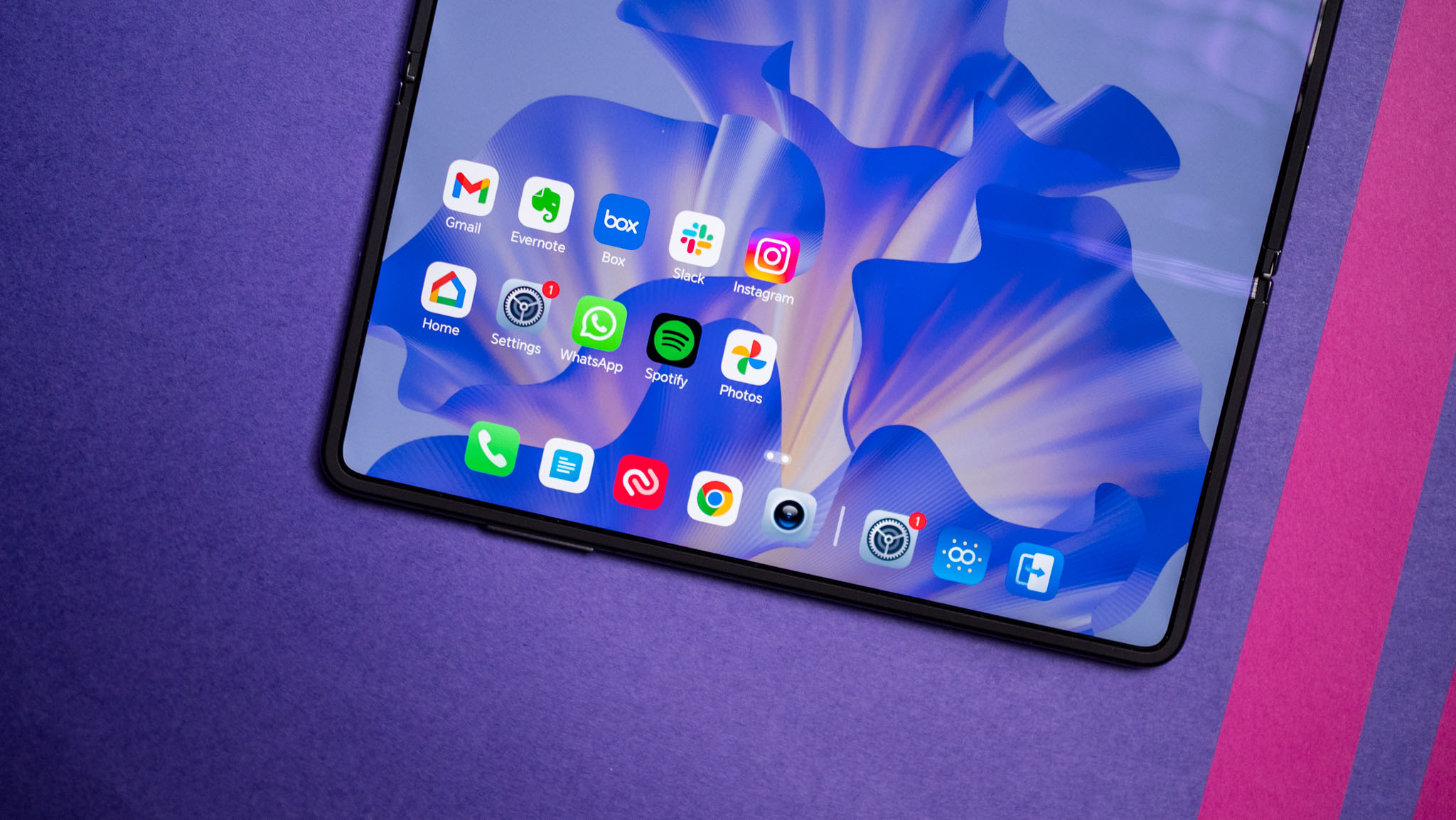
While the outer screen is great for mundane tasks, the inner screen is outstanding for playing gaming or streaming content. The non-standard ratio means there is some letterboxing, but it is still highly enjoyable — the sleek design really plays into Honor's hands here. And if you need an absurdly costly clock, there's a Standby mode that launches a clock when the screen is off and the inner screen is semi-folded — this is similar to Standby mode in iOS 17, but it's designed to take advantage of the foldable panel, and I really like it.
Honor Magic V2: Performance and battery
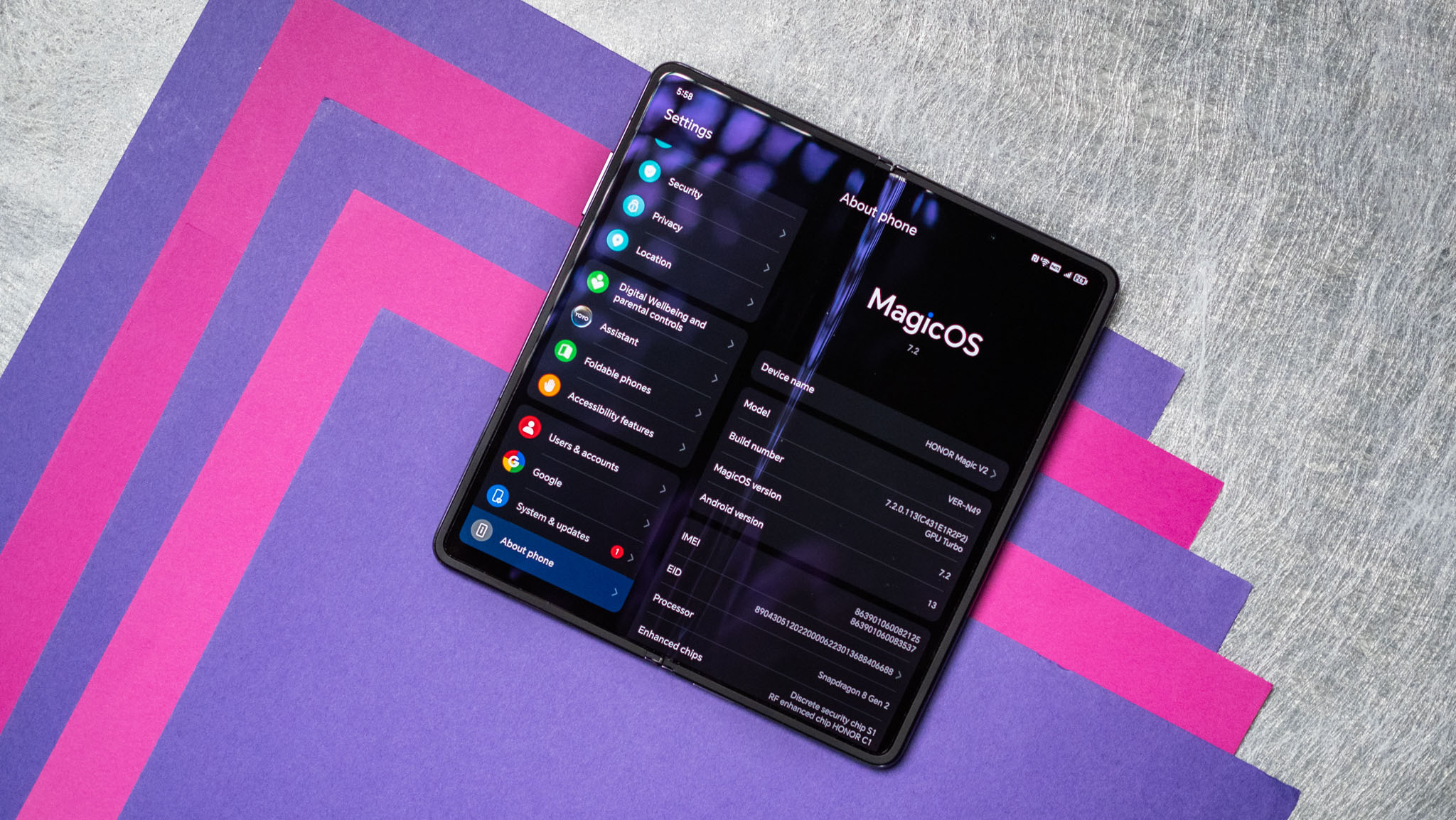
Given that the Magic V2 launched nearly seven months ago, it doesn't quite have the latest hardware. It is powered by the Snapdragon 8 Gen 2, but you still get 16GB of LPDDR5X RAM and 512GB of UFS 4.0 storage. Having used the foldable against the likes of the OnePlus 12 and iQOO 12, I don't think last year's hardware is a limitation — the 8 Gen 2 is just as fast and fluid as its successor, and it holds up incredibly well in demanding games.
| Category | Honor Magic V2 | OnePlus 12 |
|---|---|---|
| PCMark Work 3.0 (Overall) | 13625 | 12542 |
| PCMark Work 3.0 (Web Browsing) | 11956 | 10157 |
| PCMark Work 3.0 (Video Editing) | 7482 | 6057 |
| PCMark Work 3.0 (Writing) | 14847 | 16945 |
| PCMark Work 3.0 (Photo Editing) | 29590 | 23586 |
| Geekbench 6 (single-core) | 1426 | 936 |
| Geekbench 6 (multi-core) | 4231 | 4729 |
| 3DMark Wild Life Extreme (score) | 2943 | 4062 |
| 3DMark Wild Life Extreme (FPS) | 17.625 | 24.325 |
| 3DMark Solar Bay (score) | 4173 | 7826 |
| 3DMark Solar Bay (FPS) | 15.87 | 29.76 |
I used the Magic V2 for a month, and I didn't see any slowdowns or lag. I wasn't sure about its thermal management given the svelte design, but the foldable does an astonishingly good job in extended gaming sessions, and while it throttles after the 30-minute mark, you still get playable framerates without any jitter.
On that note, the phone did a great job in 3DMark's demanding Solar Bay stress test, picking up a stability score of 54.2%. The thermals didn't exceed 40 degrees, and that's lower than most 2024 phones.
There are no issues with overheating in daily use, and on the whole, the Magic V2 is just as performant as a regular phone in — and that's a good thing. When it comes to connectivity, you get Wi-Fi 7, Bluetooth 5.3, NFC, AptX HD, and DisplayPort 1.2 over USB-C, giving you the ability to connect the device to an external monitor.
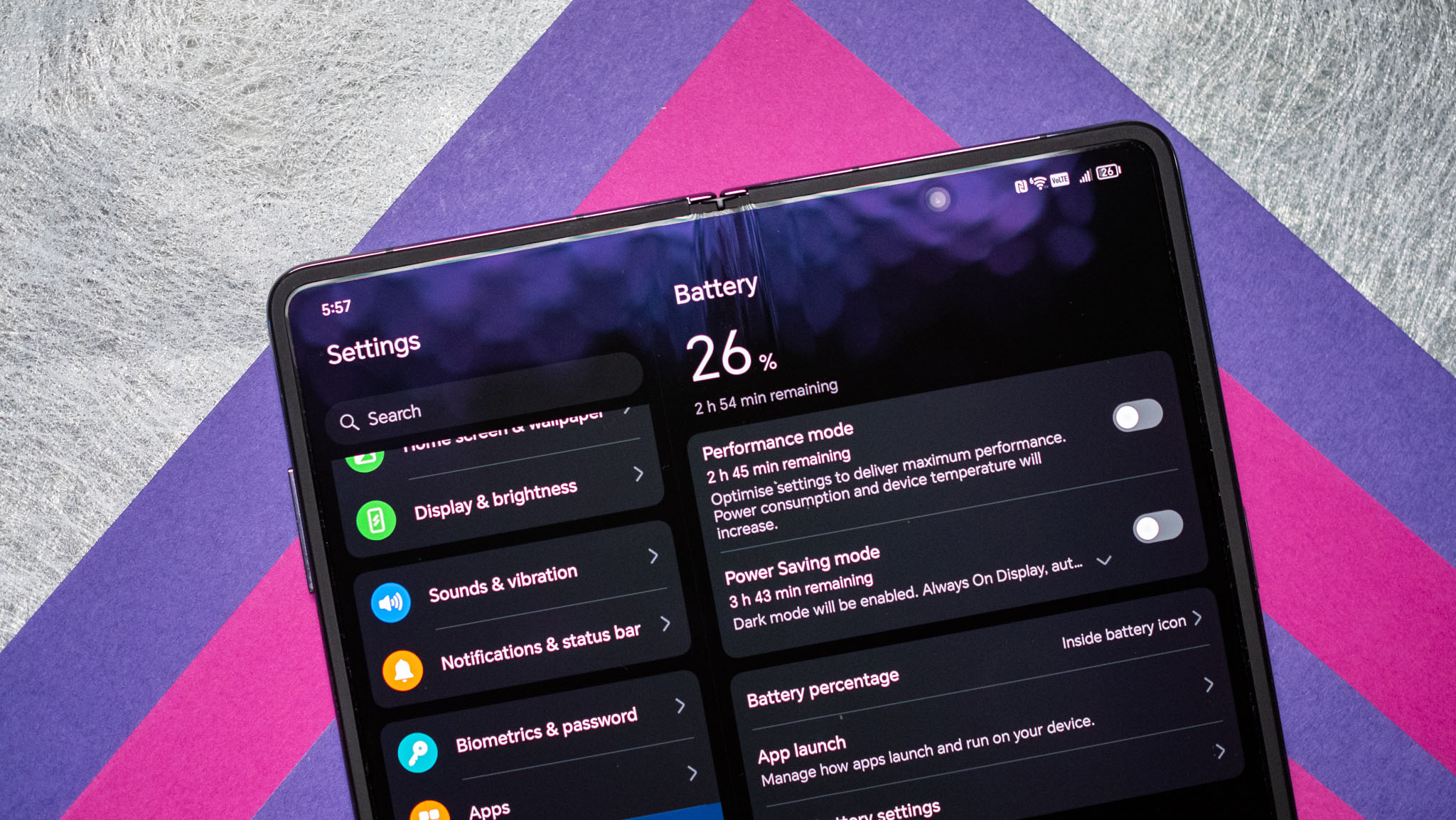
There's a lot to like on the battery side as well, and the 5,000mAh battery ensures the Magic V2 lasts a day without any issues. Even with heavy use, I didn't have to charge the foldable before the end of the day, and it is the best foldable phone you can buy right now if you need all-day battery life.
I'm running PCMark's Work 3.0 battery life test on all devices this year, and the Magic V2 lasted 15 hours and 41 minutes, a very decent score that's much better than any other foldable. With the same test conducted over the inner panel, it delivered a score just shy of ten hours — again, a great showing.
When you eventually need to charge it, there's 66W charging tech. It takes just over an hour to charge the battery, and there are the usual features to ensure you maximize battery longevity.
Honor Magic V2: Cameras
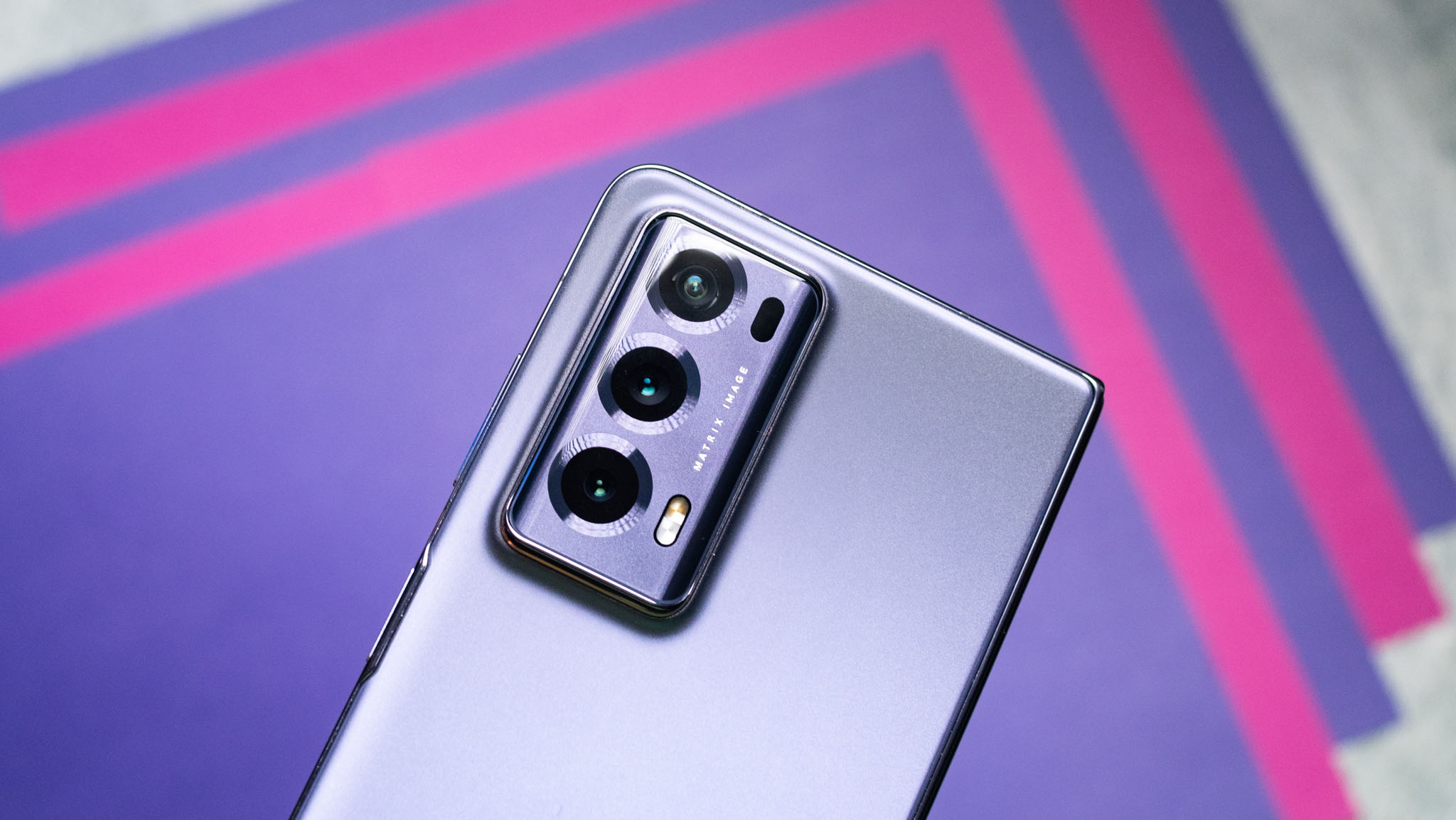
The Magic V2 has upgraded cameras, including a 50MP main camera with OIS, and a 20MP zoom lens that has OIS and goes up to 2.5x optical zoom. The 50MP wide-angle lens is the same as the Magic Vs, but changes to the tuning means you get better photos. There's a 16MP camera located at the front.
Honor retained the same camera interface as last time, but you now get the ability to split the viewfinder and controls between the two halves of the folding screen, and this results in much better versatility. The feature is identical to what you get on Samsung phones (Flex Mode), and it lets you shoot photos and videos in unique angles.
The shooting modes are unchanged, and you get a Pro mode that lets you tweak various parameters, dual-view option that allows you to take videos from both the front and rear cameras at the same time, Movie mode, and all the usual options. What's interesting this time is that there's AI-assisted motion sensing, and the Magic V2 is able to lock in on a subject with relative ease. It can also take decent photos of fast-moving objects, something that most phones struggle with — including flagships.
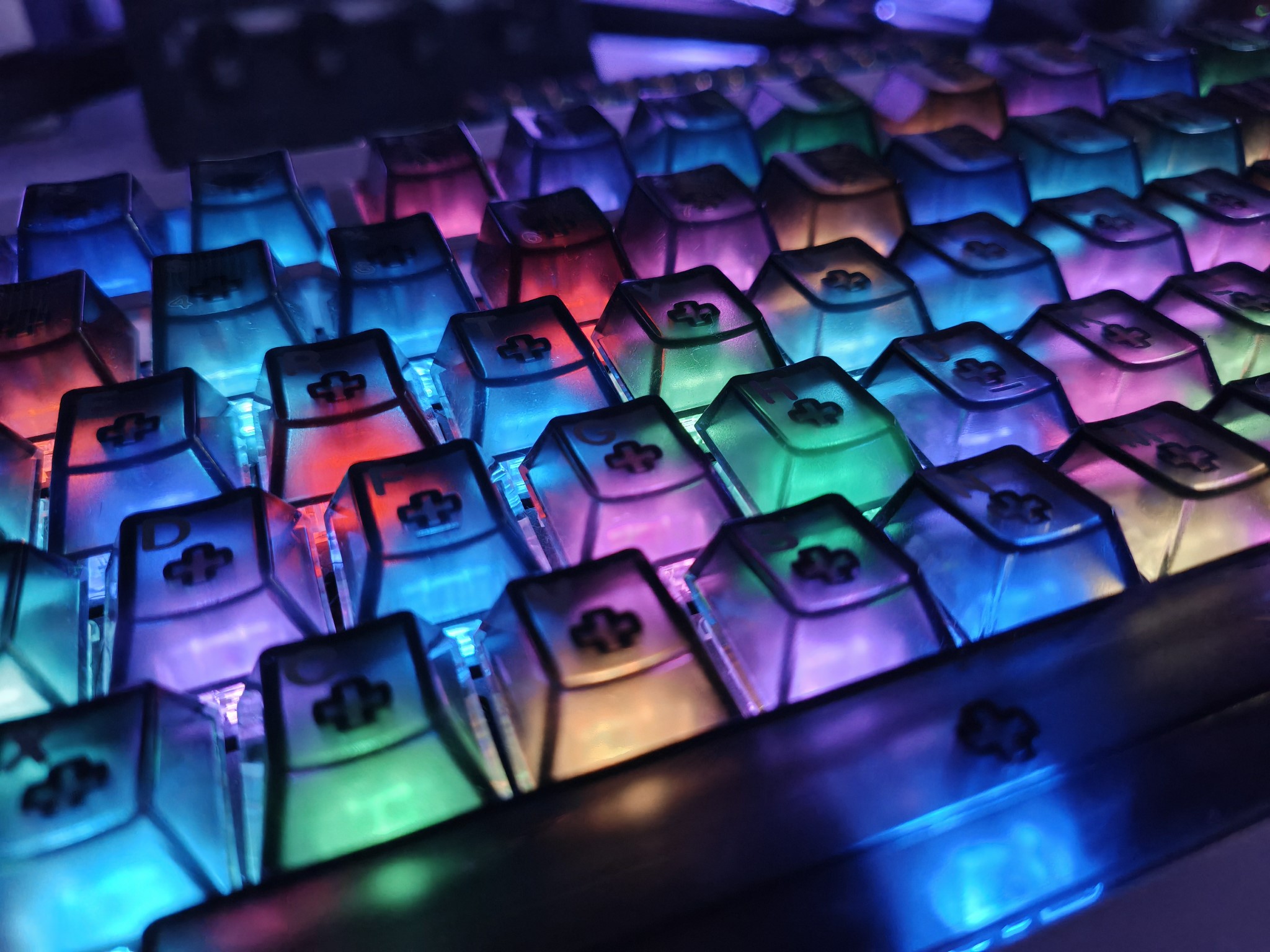


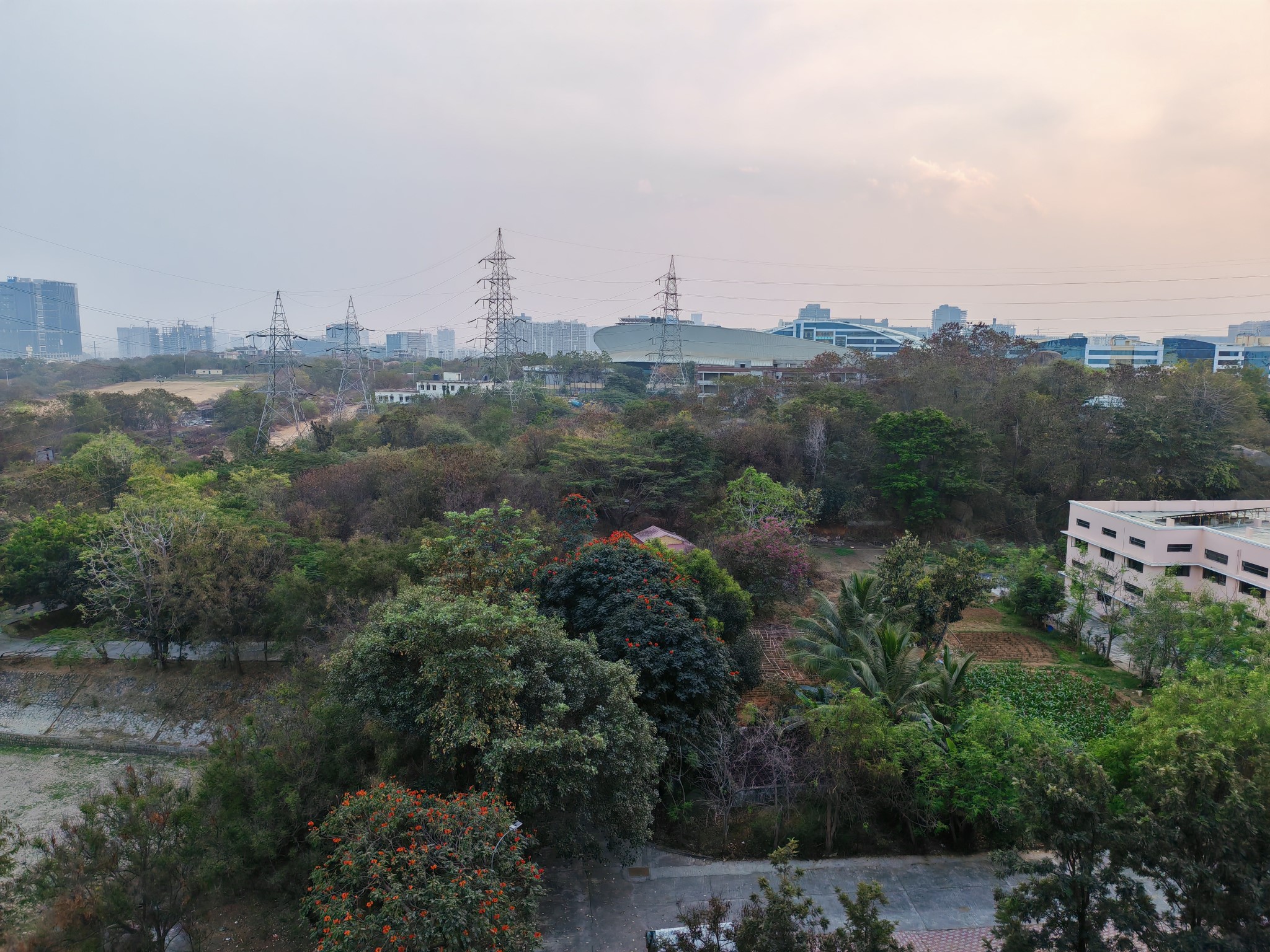


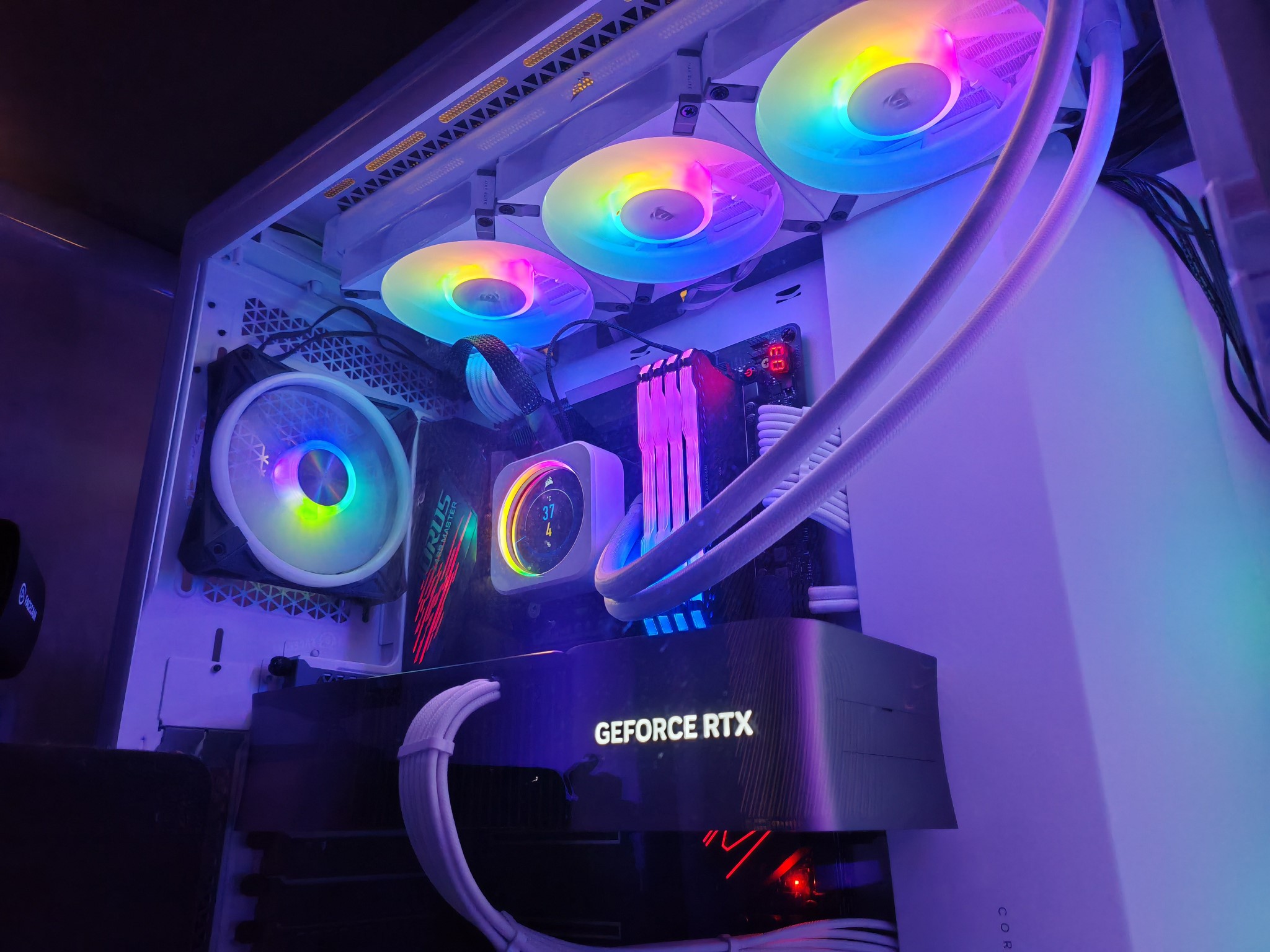
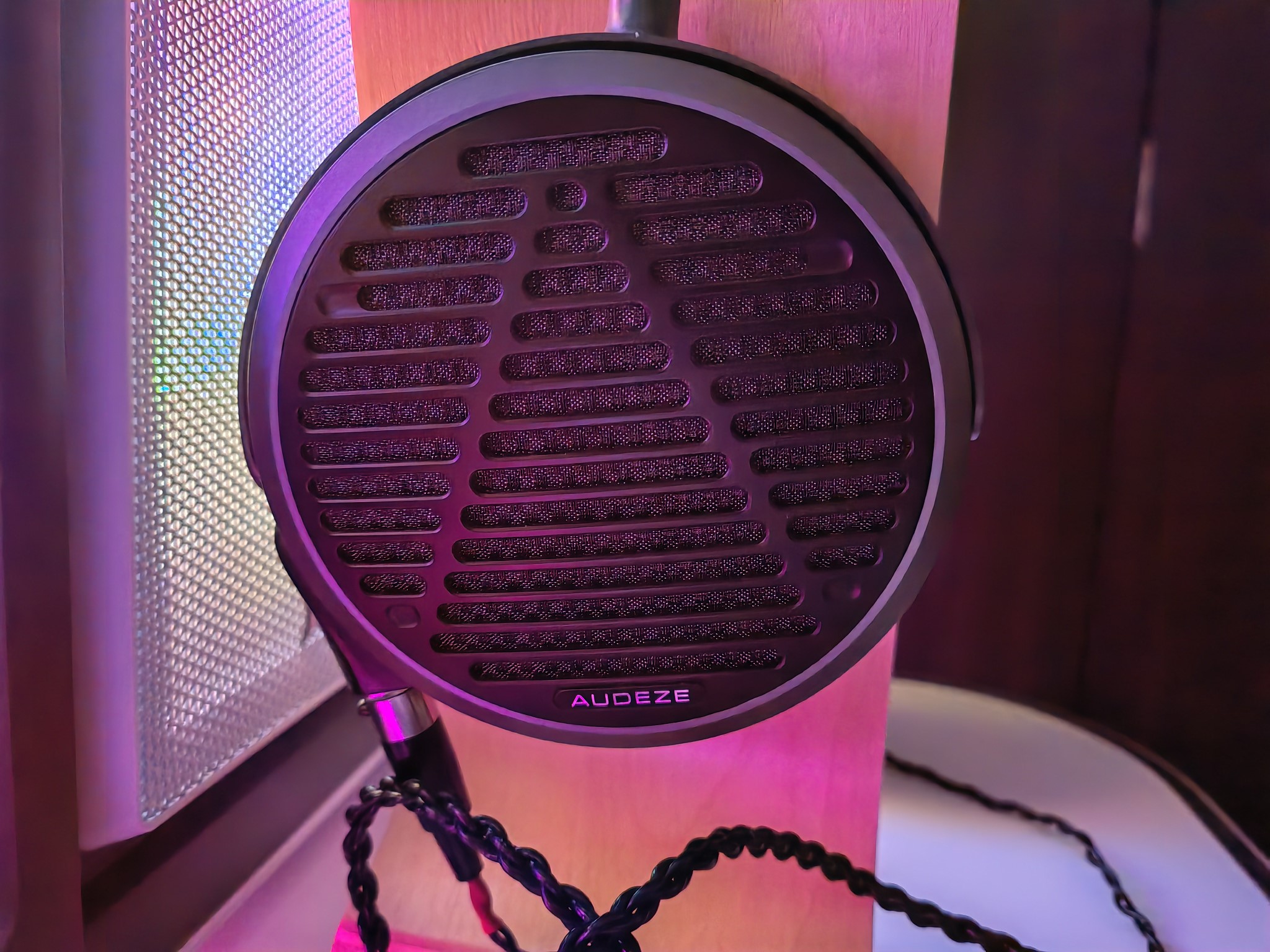
The Magic V2 takes brilliant photos in daylight conditions, producing shots with great dynamic range, vibrant colors, and lots of detail. Honor's color tuning tends to skew toward saturated colors, so while the resultant shots look great when sharing on social media, you don't necessarily get accurate colors.
Portrait shots are decent as well, and while you don't get the same quality as the likes of the OnePlus 12, they're at the same level as other foldables. The wide-angle lens is decent in its own right, and while you don't get images that are quite as detailed or vibrant as the main camera, they're adequate for sharing on social media.
The foldable does a great job in low-light scenarios as well, delivering low noise levels and preserving intricate details. The OnePlus Open still has an edge in this particular area, but the Magic V2 isn't far behind.
Honor Magic V2: Software

While Honor nailed the brief with regards to the hardware, the Magic V2 doesn't quite measure up on the software front — it still runs MagicOS 7.2 based on Android 13 out of the box. The interface doesn't look quite as polished, and it still has too many similarities to older versions of EMUI. That said, the global version now has a Control Center as standard, with the notification pane split in two — the toggles are located on one page, and the toggles getting their own page.
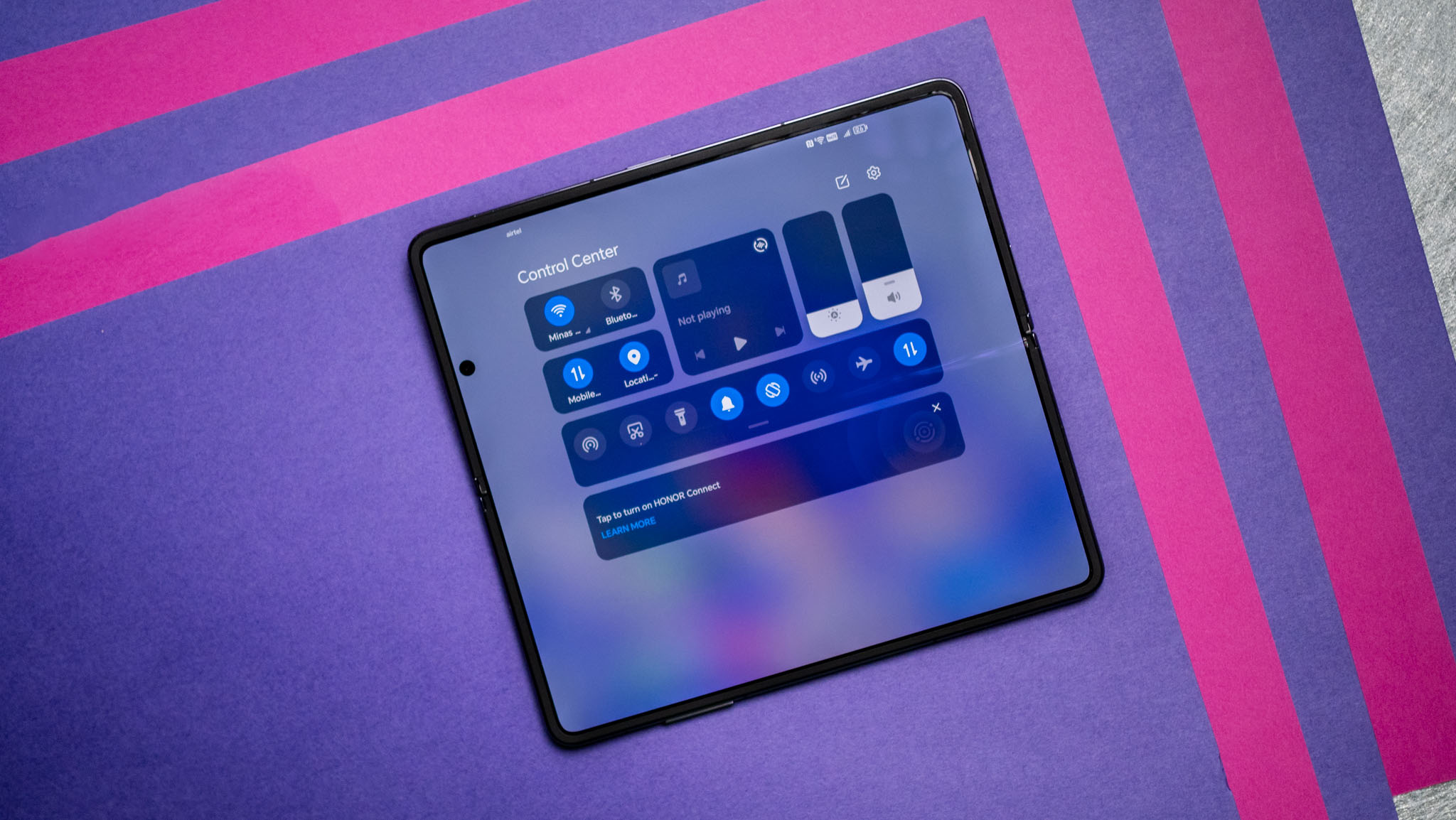
Xiaomi uses a similar system in MIUI, and OPPO also offers this feature in Chinese ColorOS builds. But both brands let you switch to a standard notification pane, and you don't get that here. The settings page is in need of an overhaul as well, and the design of Honor's stock apps is outdated to put it mildly.
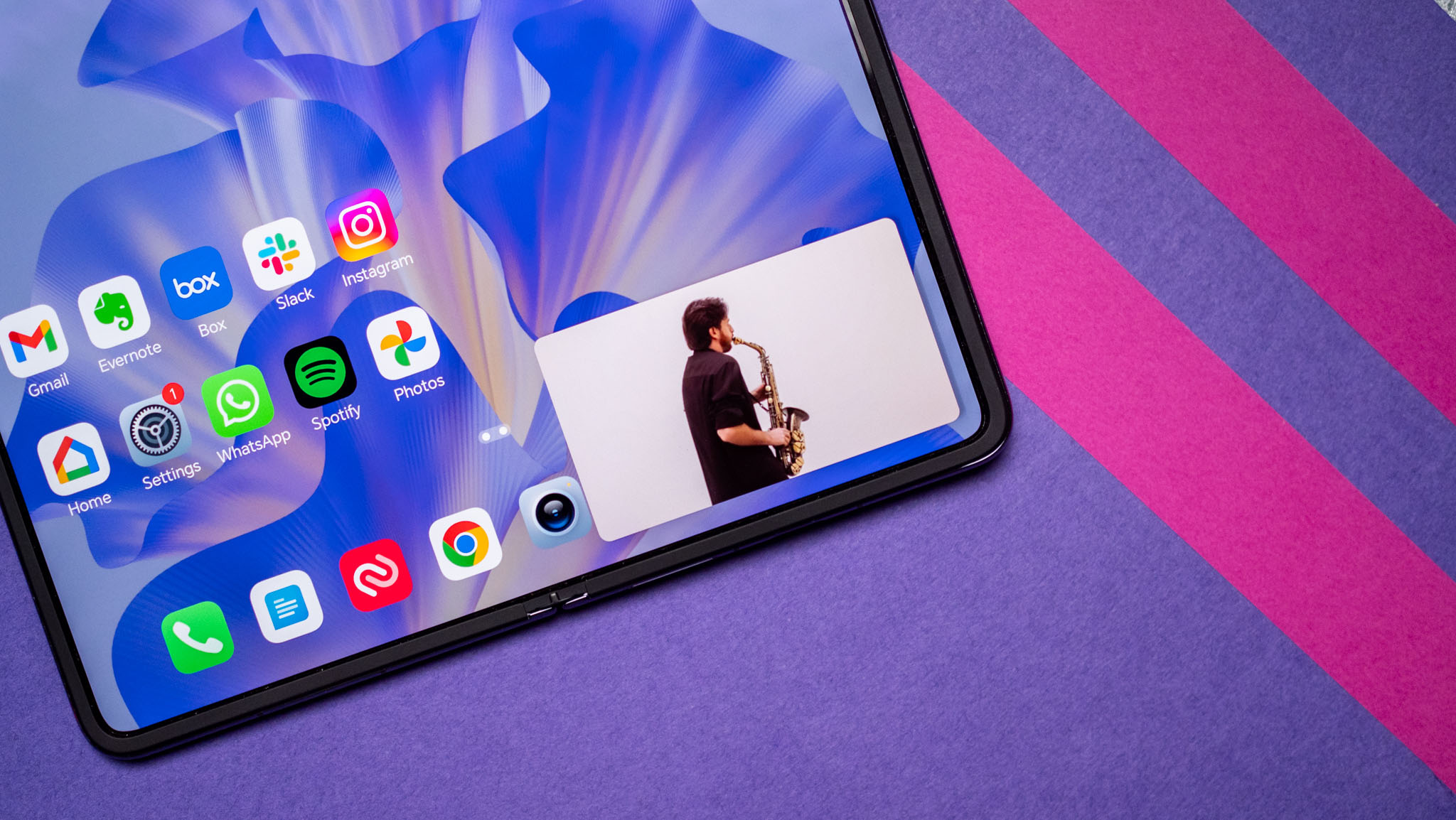
You get a few foldable features, but they're not as extensive as other devices. MagicOS 7.2 lets you easily launch multi-window mode — great for maximizing the screen real estate — and you can easily adjust app scaling. You get a dock at the bottom of the screen that shows recently used apps, but you miss out on an app drawer icon that lets you pull up all installed apps without having to go into the drawer itself.
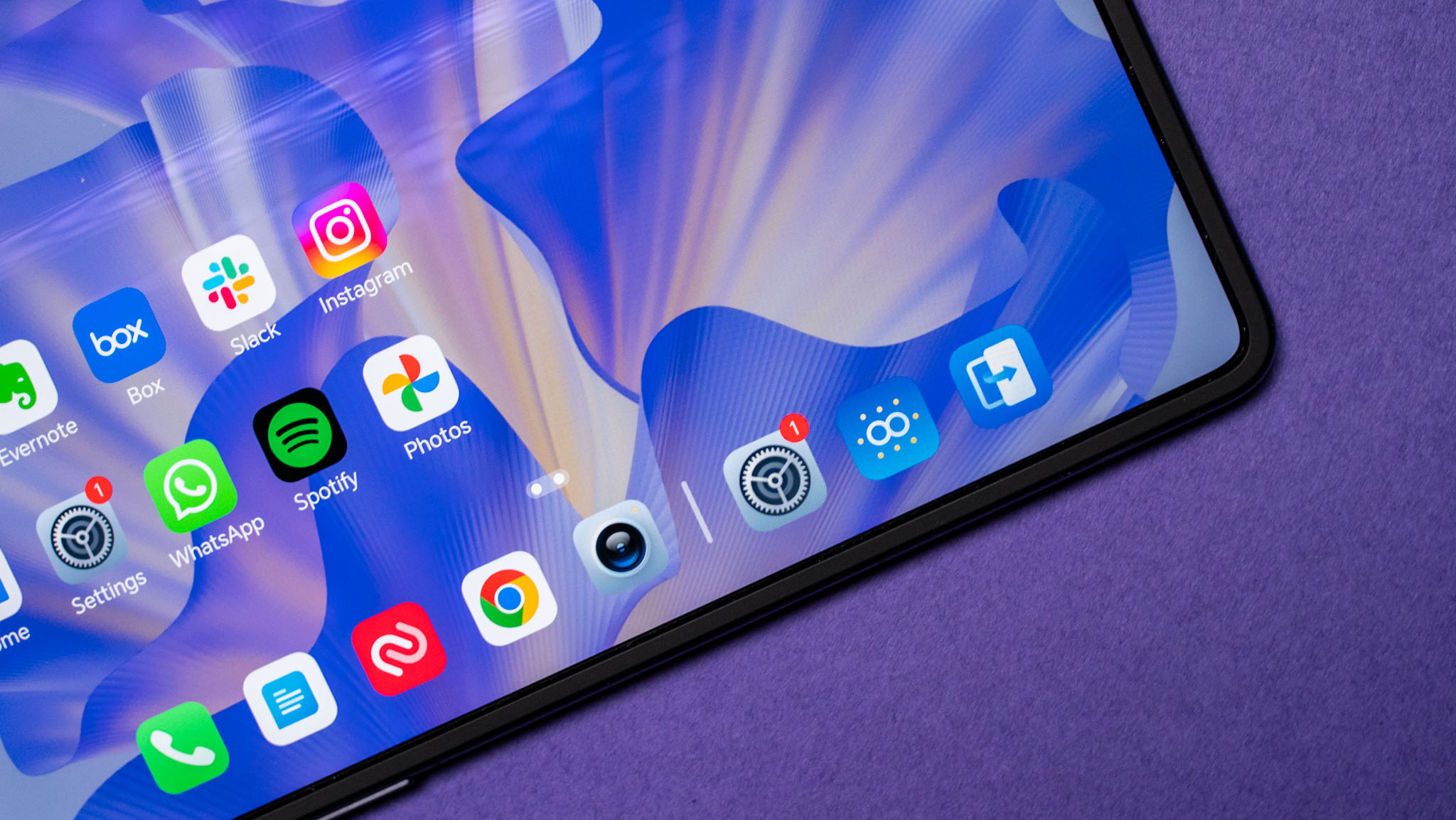
Also missing is the persistent dock that stays at the bottom of the screen on the OnePlus Open and Samsung foldables; this is my favorite foldable feature as it lets me seamlessly jump between apps, and it's annoying that it isn't available on the Magic V2. Honor needs to add a few features to make the Magic V2 on par with its rivals, and the UI is definitely in need of an overhaul.
As for updates, the Magic V2 will pick up four Android OS updates along with five years of security updates. That's in line with other foldables, but Honor isn't the fastest at rolling out updates, and the brand hasn't detailed when it will deliver Android 14 to the Magic V2.
Honor Magic V2: The competition
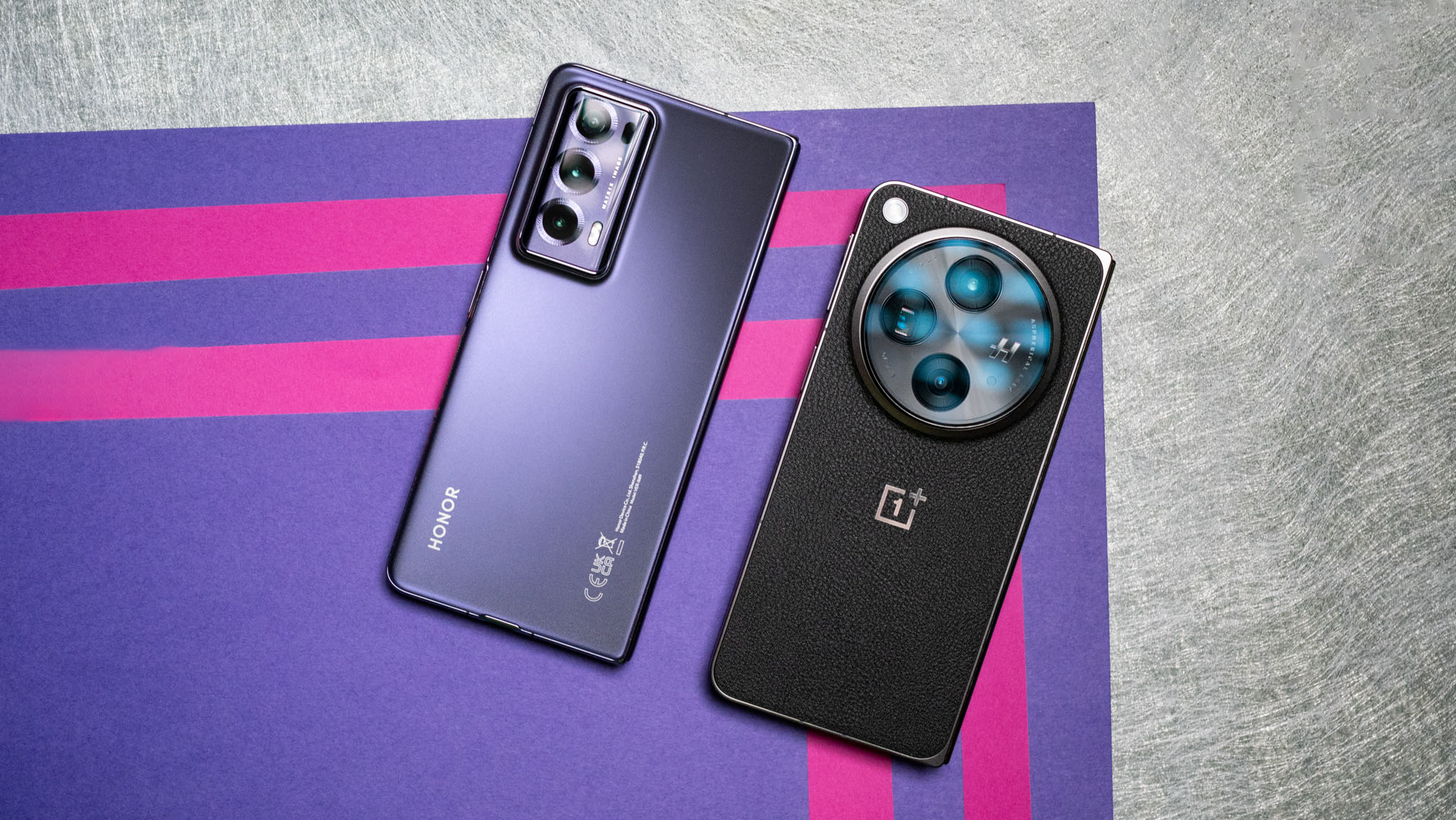
The OnePlus Open continues to be one of the best foldables you can get at the moment. It isn't quite as sleek as the Magic V2, but it also has powerful hardware, battery that lasts all day, a large outer screen with an inner screen that has the least visible crease in this segment, plenty of useful software features, and a stellar camera package that's on par with flagships. That said, the Open is still on Android 13, and my unit didn't get the update to OxygenOS 14 as of writing.
Samsung's Galaxy Z Fold 5 is also a contender, but the foldable doesn't have anywhere close to the same level of refinement as the Magic V2. The design looks outdated, the crease is easily noticeable, and I'm constantly annoyed by the tall-and-narrow outer screen that just doesn't serve much utility. Samsung's only advantage is that it offers IPX8 water resistance and custom software features, but the brand no longer has the advantage in this category.
Honor Magic V2: Should you buy it?
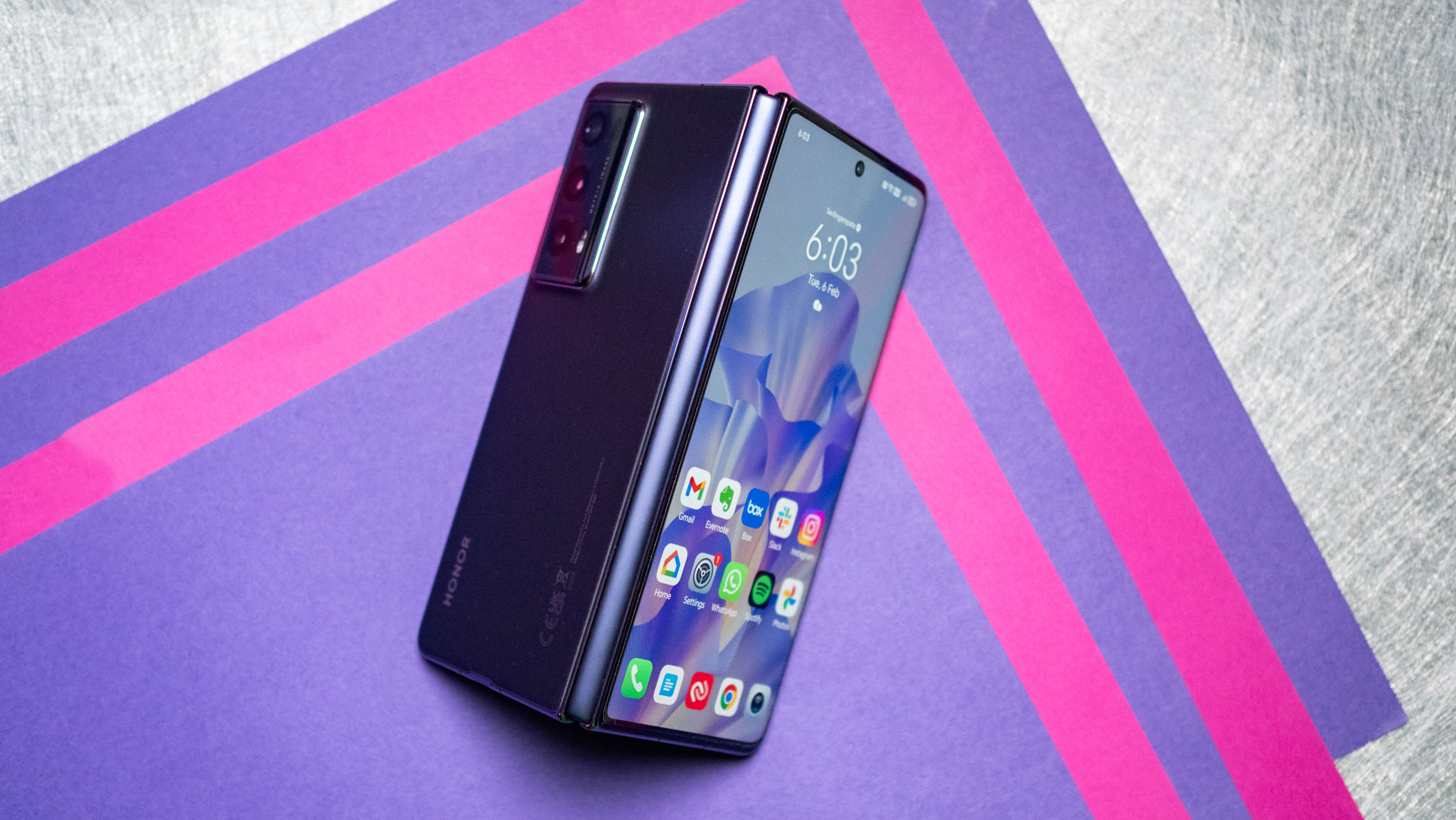
You should buy this if:
- You want a foldable that's just as easy to use as a regular phone
- You need a foldable with the best battery life and fast charging tech
- You're looking for a device with a usable outer screen and tablet-sized inner screen
- You need high-end hardware that's great for gaming
You shouldn't buy this if:
- You need the best software features on a foldable
- You need all the extras
I can't help but feel that Honor shot itself in the foot by delaying the global launch of the Magic V2 by more than six months. The Magic V2 had the potential to dominate the foldable conversation thanks to its svelte design and hardware, but in 2024, it is overshadowed by the likes of OnePlus.
The delay also highlights Honor's software foibles, with the Magic V2 debuting with Android 13 out of the box — that's just not excusable in this category. That said, the Magic V2 is no less impressive today, and even next to the Open, it clearly has a lot to offer.
What I like the most about the device is the sleek design — I've said it a few times in this review, but the Magic V2 genuinely feels like a regular phone most of the time, and that puts it in a league of its own. The inner screen is also one of the best in this category, as are the cameras, and the hardware. Battery life is better than any other foldable I used thus far, and Honor deserves a lot of credit for cramming a 5000mAh battery into such a thin design.
From a hardware point of view, the Magic V2 is faultless; this is the best showcase for a foldable yet. The software needs work, but if what I've seen of MagicOS 8.0 is any indication, Honor is finally making amends in this area, modernizing the interface and rolling out much-needed tweaks. If you like the look of the hardware and don't mind waiting for Android 14, you should get the Magic V2.

Harish Jonnalagadda is Android Central's Senior Editor overseeing mobile coverage. In his current role, he leads the site's coverage of Chinese phone brands, networking products, and AV gear. He has been testing phones for over a decade, and has extensive experience in mobile hardware and the global semiconductor industry. Contact him on Twitter at @chunkynerd.
